What To See
Indulge your adventurous spirit
-
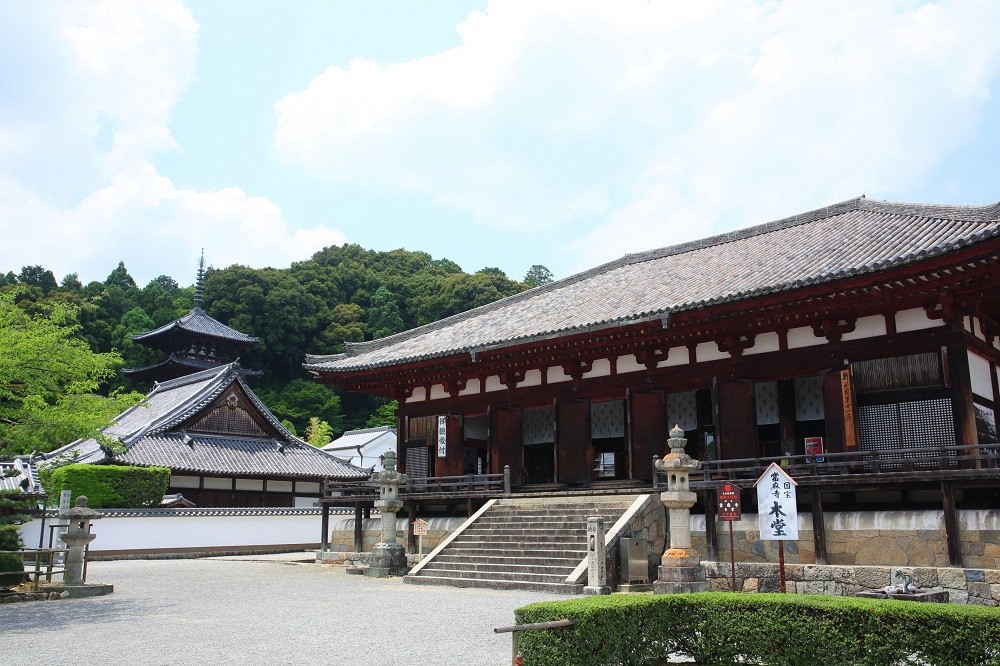
Culuture History
Taimadera Temple
Culuture History
Taimadera Temple
It is said that Taimadera Temple originated as Manhozoin, which was built in 612 by Maroko, the 3rd Prince of Emperor Yomei, in Kawachi Province before being moved by Mahito Taima no Kunimi, the grandson of Prince Maroko, to its present location, which is connected to En no Gyoja.
-
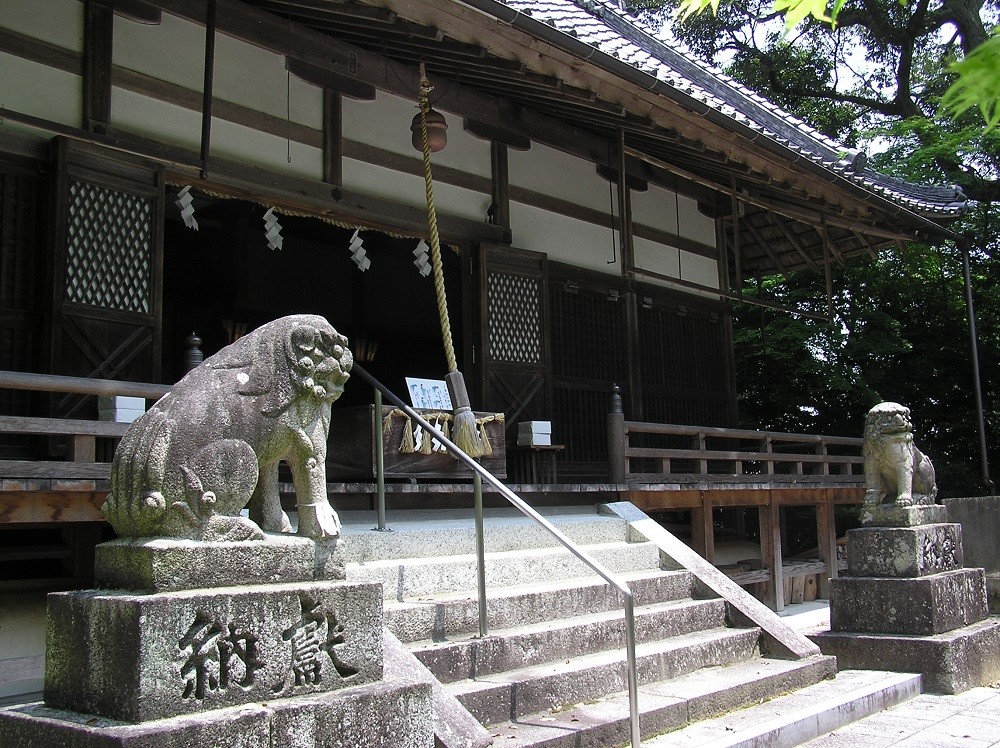
Culuture
Fuefuki Jinja Shrine
Culuture
Fuefuki Jinja Shrine
It is officially named "Katsuraki ni Imasu Hono Ikazuki Shrine." It was the tutelary shrine of the 14 villages of the former Oshimi District. Since it is also known as the god of music (Amanokaguyama hiko no Mikoto) performances using flutes and shakuhachi are dedicated on New Year's Day.
-
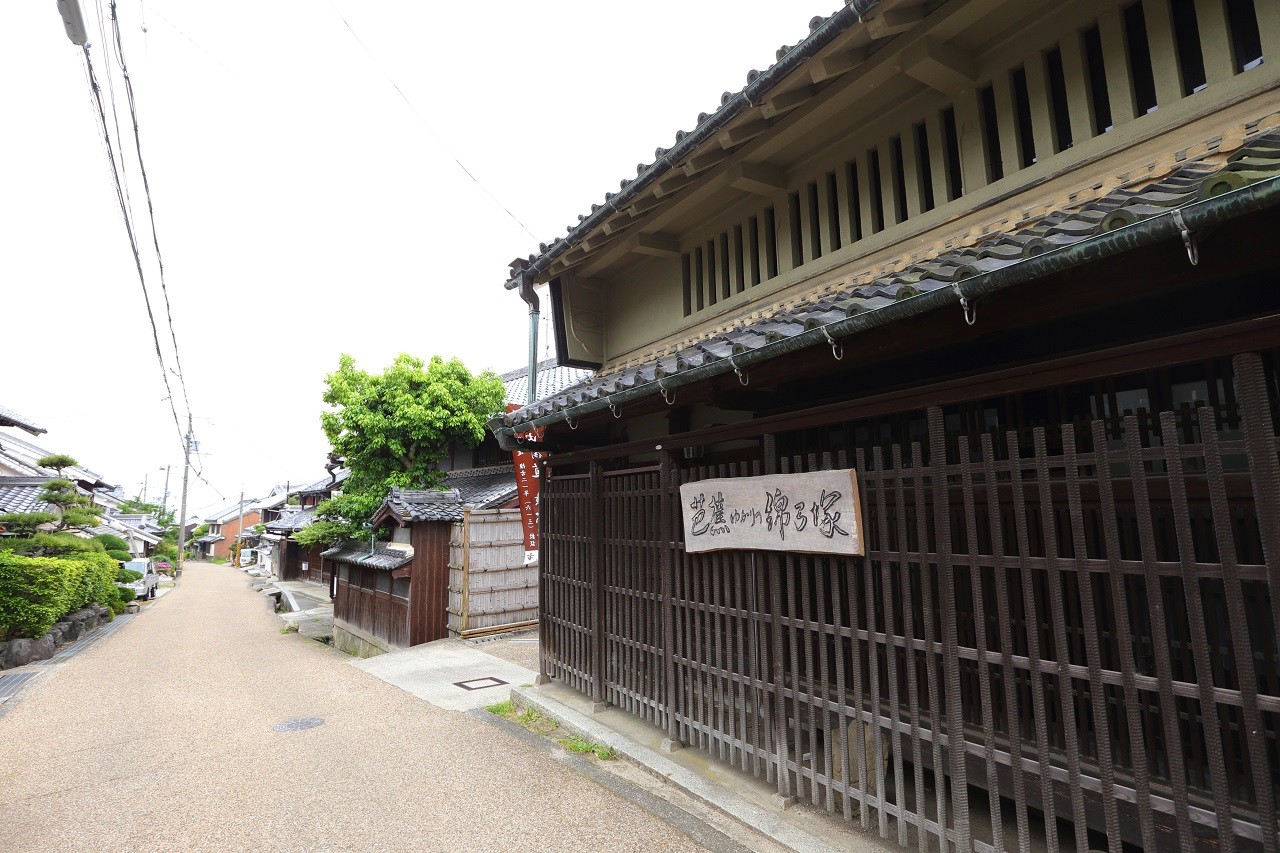
Culuture History
Takenouchi Kaido / Yokooji
Culuture History
Takenouchi Kaido / Yokooji
Takenouchi Kaido/Yokooji is the oldest national highway in Japan. It was built in 613 to connect Asuka no Miya and Naniwatsu.
-
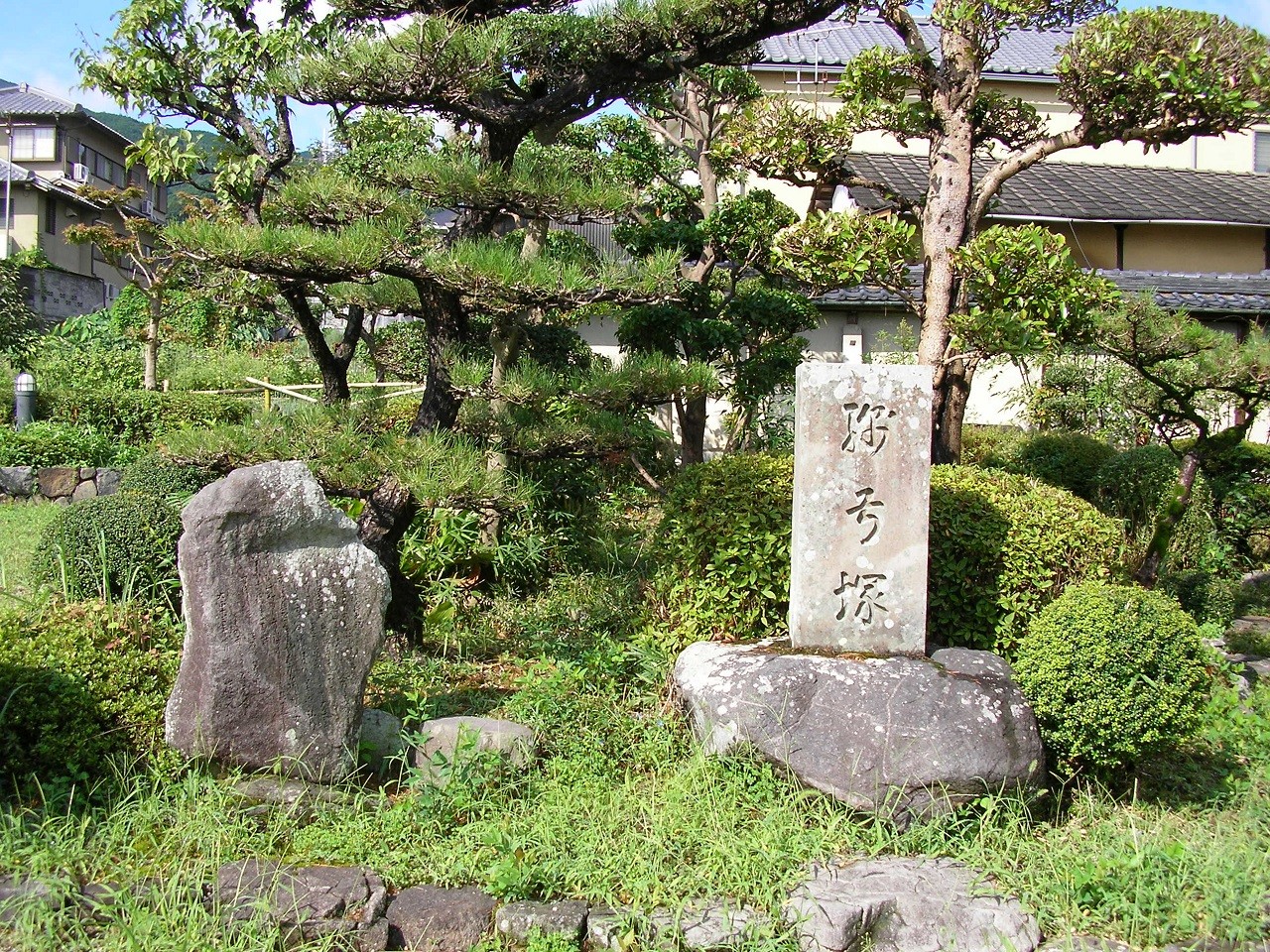
Culuture History
Watayumi Stone Monument
Culuture History
Watayumi Stone Monument
This stone monument with haiku cut into it was built in 1809 to commemorate the haiku that Matsuo Basho, a famous poet from the Edo period, composed when he stayed in Takenouchi, the birthplace of his disciple Naemura Chiri.
-
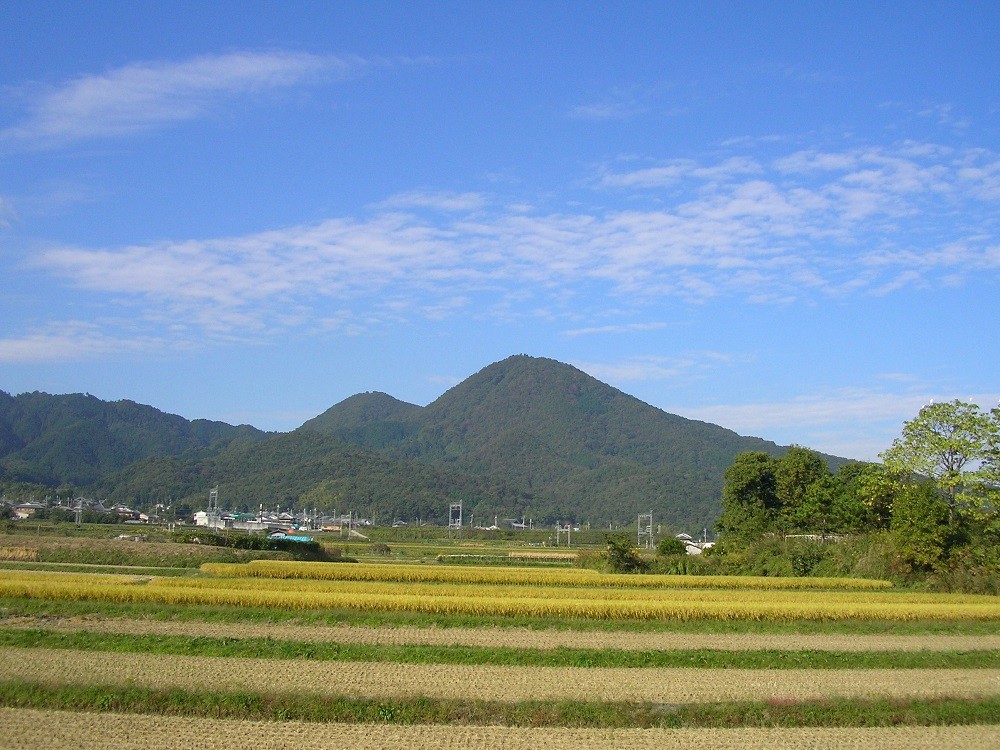
Nature
Mt. Nijo (Nijosan)
Nature
Mt. Nijo (Nijosan)
Comprising two peaks of Odake (517m) and Medake (474m), Mt. Nijo appears in “Manyoshu,” Japan’s oldest existing collection of waka poems, which is said to have been compiled in the 8th century.
-
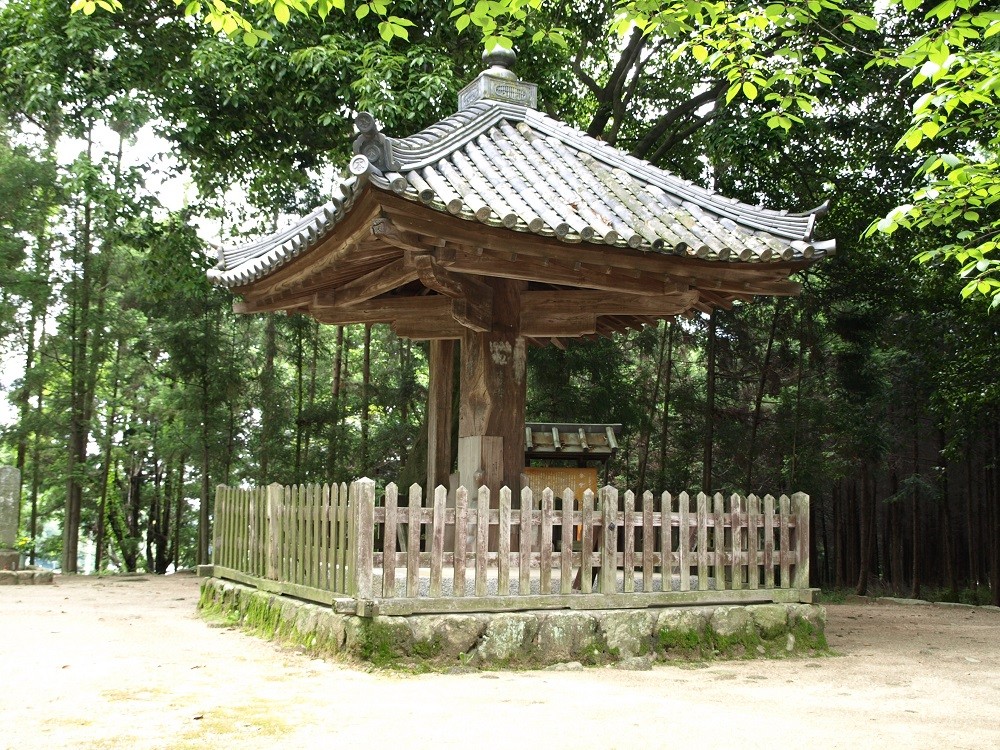
Culuture History
Kasado Hall
Culuture History
Kasado Hall
Kasado Hall is located on the east side of Oike Pond in Shinzaike Katsuragi city. It was built by the close vassals of Masakatsu Honda, a feudal lord in the Edo period (1603-1868), and farmers in the community as Eido (a mausoleum) to pray for the repose of his soul.
-
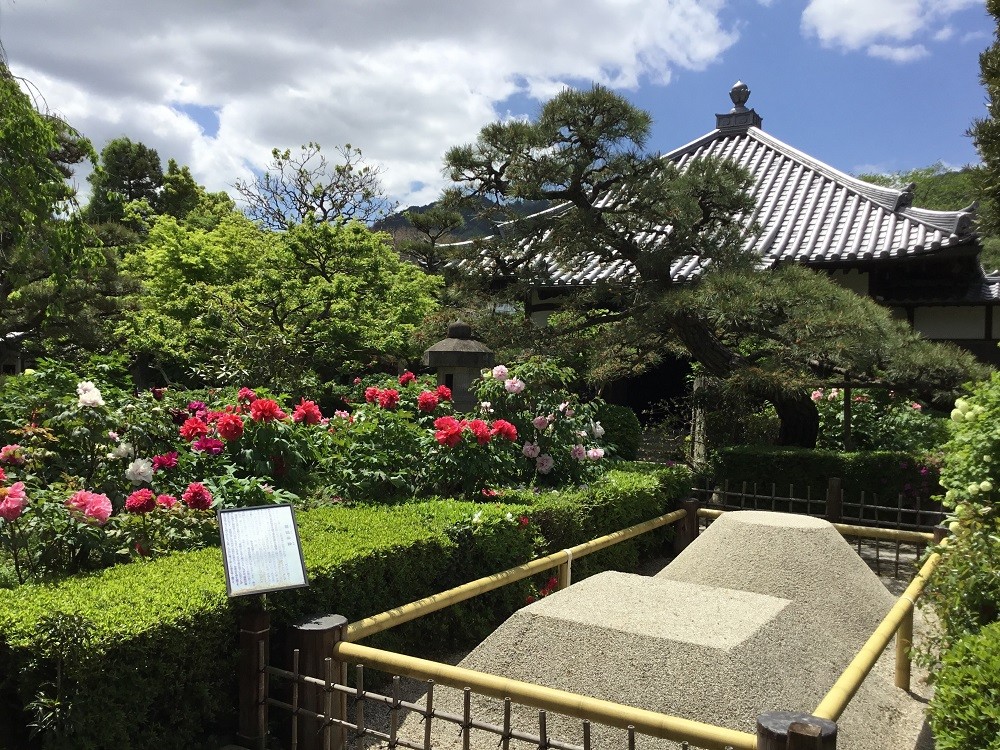
Culuture
Sekkoji Temple
Culuture
Sekkoji Temple
In Sekkoji Temple, there is a well called “Somenoi,” where Chujo Hime (Princess Chujo), a legendary person in the Nara period (around 747), is said to have dyed lotus threads to woven Taima Mandara. The temple is well-known as a viewing spot for Paeonia suffruticosa.
-
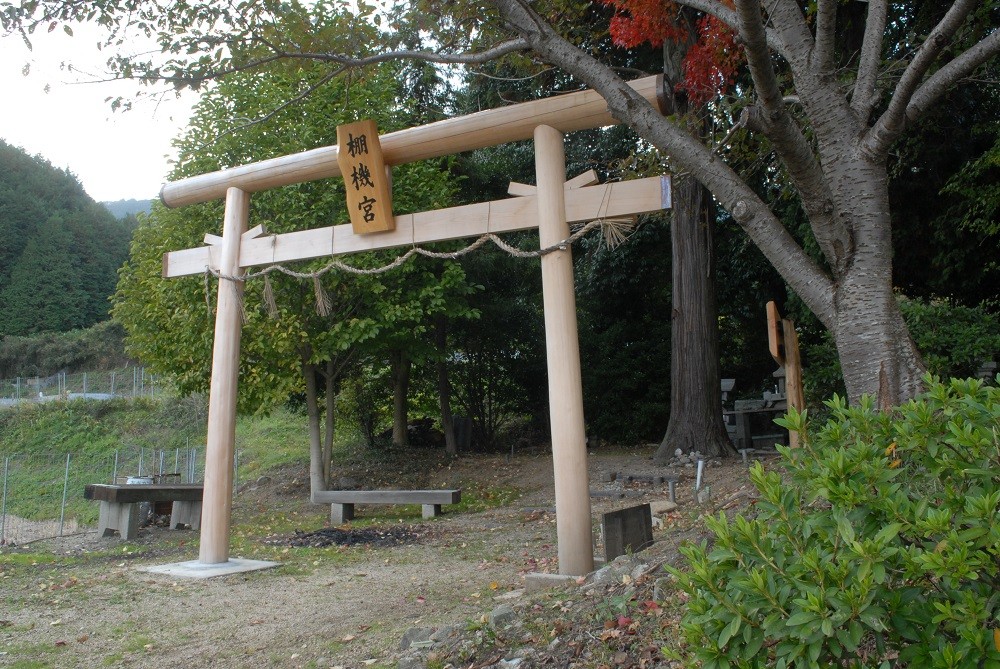
Culuture History
Tanabata Jinja Shrine
Culuture History
Tanabata Jinja Shrine
Tanabata Jinja Shrine is situated in a place called “Tanabata” in the Ota district of Katsuragi City. It has been worshipped since ancient times as a shrine to enshrine a god of threads. Legend has it that in ancient times, there was Katsuragishidoriniimasu Amenohazuchinomikoto-jinja Shrine in this place.
-

Nature
Katsuragi Sanroku Park
Nature
Katsuragi Sanroku Park
Located at the foot of Mt. Katsuragi, the park is an open space park surround by greenery with an area of over 121,000 square meters. In the park, you can enjoy seasonal flowers, such as azaleas, cherry flowers, alpine roses, and bush clovers, all year round.
-
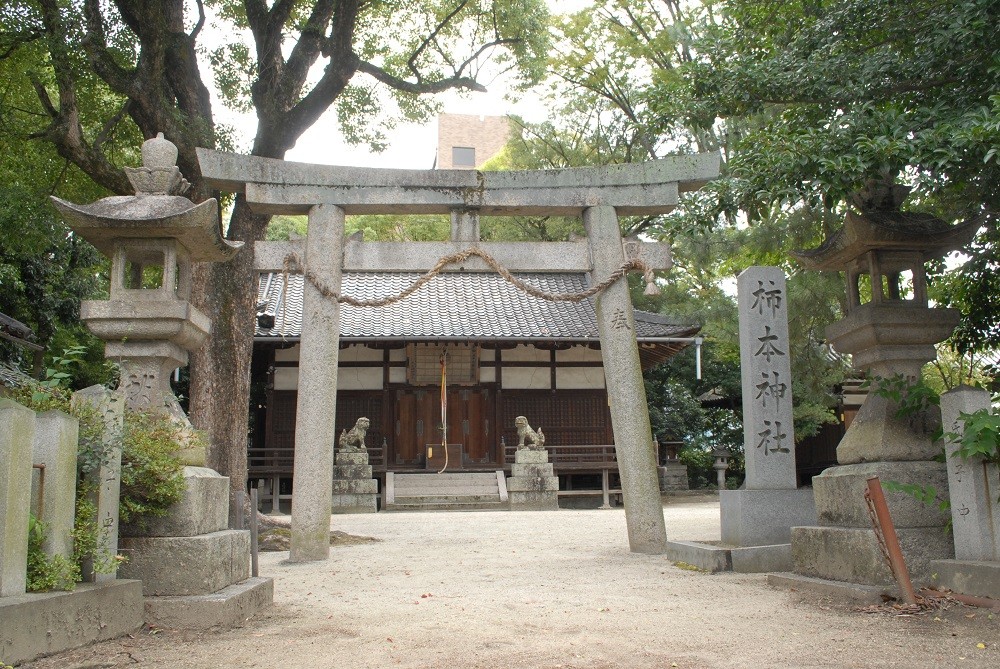
Culuture History
Kakinomoto Jinja Shrine
Culuture History
Kakinomoto Jinja Shrine
The enshrined deity is KAKINOMOTO no Hitomaro*, a poet appearing in “Manyoshu,” Japan’s oldest existing collection of waka poems believed to have been compiled in the 8th century. *KAKIMOTO no Hitomaro was a Japanese waka poet and aristocrat of the late Asuka period (538-710).
-
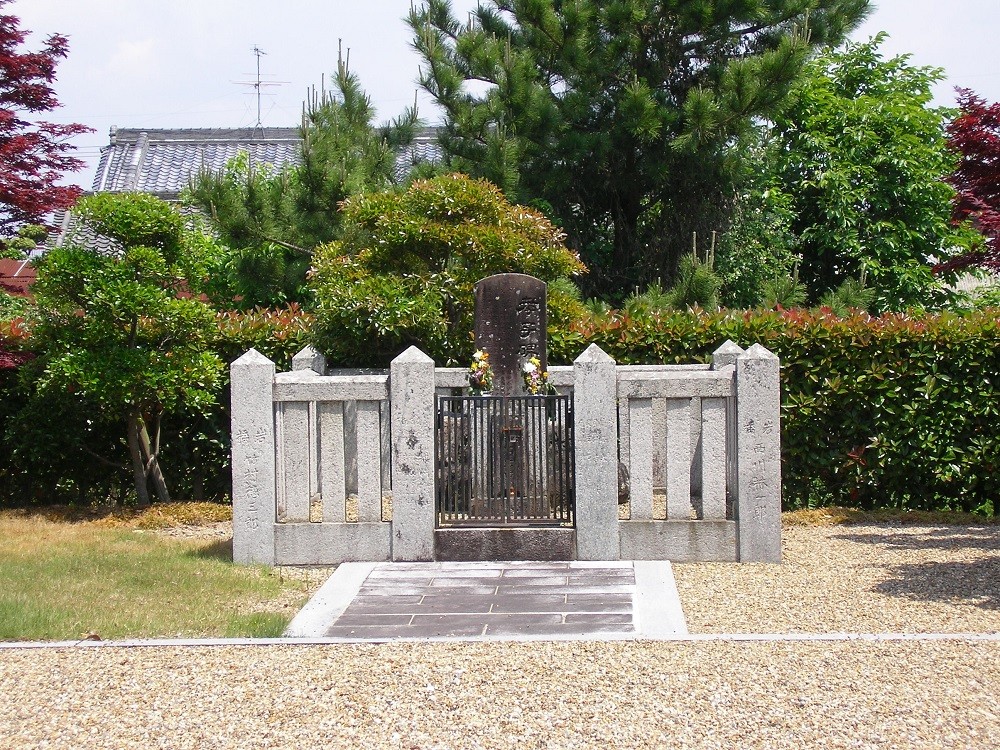
Culuture History
Stone Monument of the Dutiful Daughter,Ima
Culuture History
Stone Monument of the Dutiful Daughter,Ima
The stone monument of the dutiful daughter, Ima, is located right around the corner from the former Shimoichi-kaido Road on the street heading to Izanagi Jinja Shrine. The dutiful daughter, Ima, was a person in the Edo period (1603-1868) who is said to have dedicated her life to helping her sickly father.
-
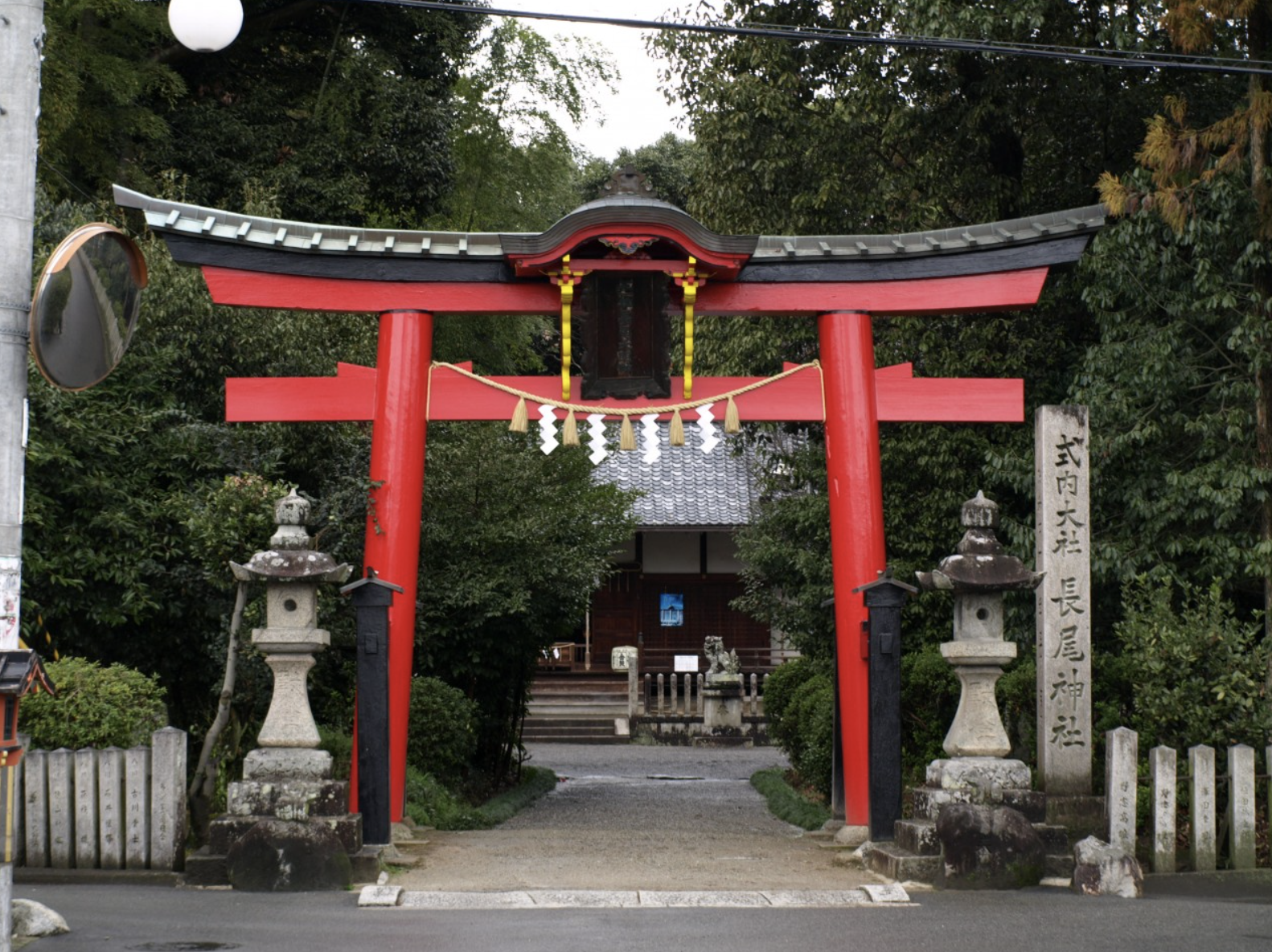
Culuture History
Nagao Jinja Shrine#History
Culuture History
Nagao Jinja Shrine#History
Nagao Jinja Shrine enshrines Mihikame no Mikoto and Shirakumowake no Mikoto. It is not unclear when the shrine was founded, but it has such a long history that appears in “Sandaijitsuroku” and Jinmyocho (a register of shrines) of “Engishiki,” ancient documents compiled in the Heian period (around 901).
-
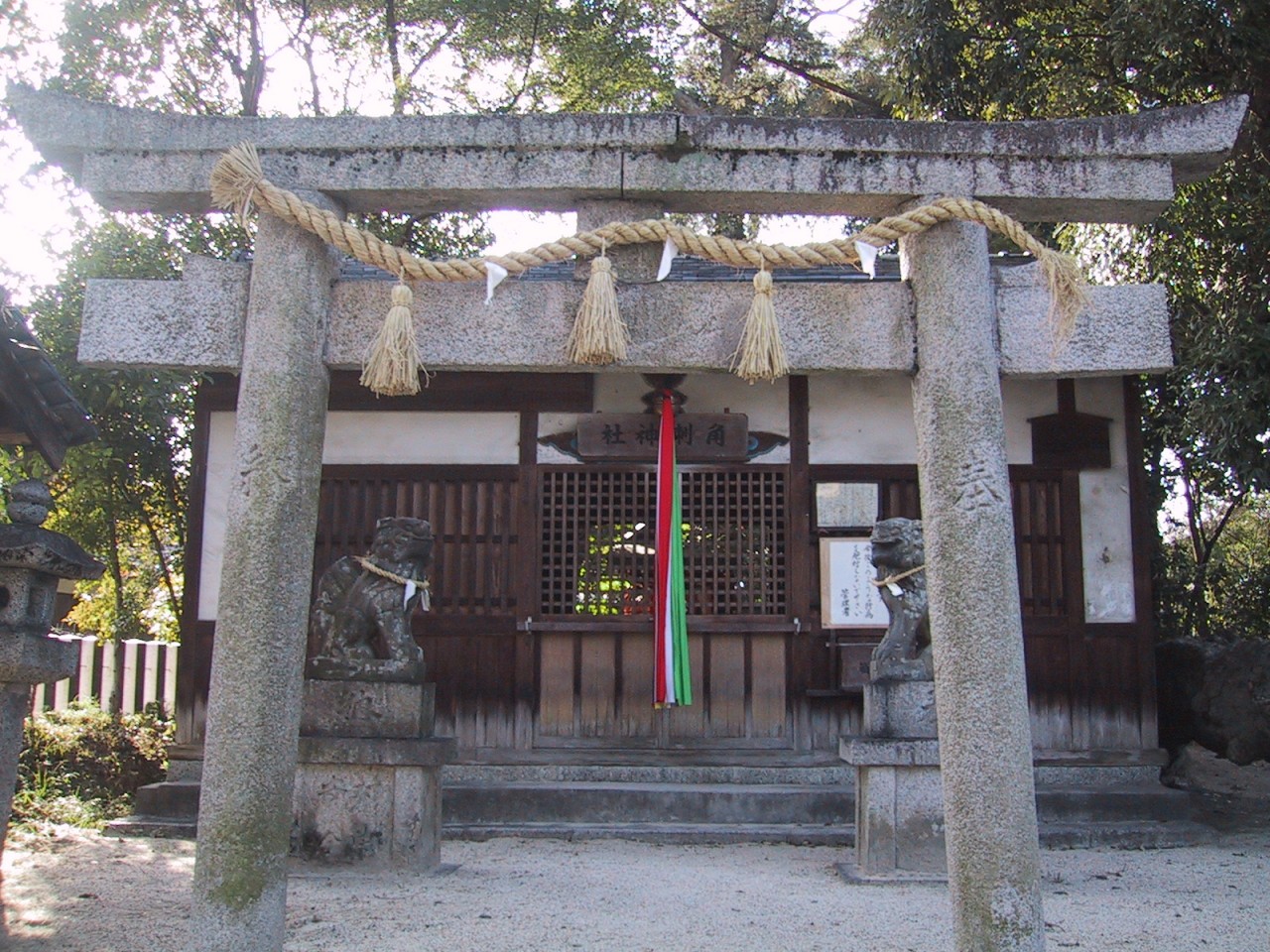
Culuture History
Tsunosashi Jinja Shrine
Culuture History
Tsunosashi Jinja Shrine
Tsunosashi Jinja Shrine is well-known as the site of Oshimi-tsunosashikyu Palace, where Iitoyo ao no himemiko, an imperial family member in the late 5th century, handled the affairs of state. In those days, it was rare that a woman governed the country.
-
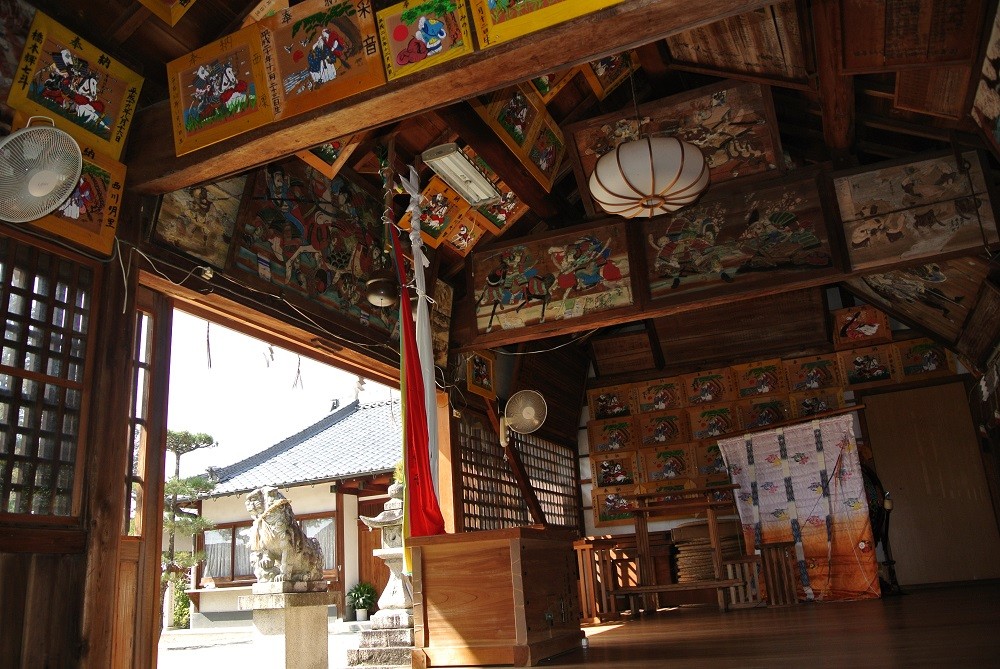
Culuture History
Tsukudani-imasu Hitokotoneko Jinja Shrine
Culuture History
Tsukudani-imasu Hitokotoneko Jinja Shrine
The shrine is a Shikinai-sha recorded in Jinmyocho (a register of shrines) of “Engishiki,” a statute book complied in 927, as "Katsuraginoshimo County, Tsukudani-imasu Hitokotoneko Jinja Shrine, Tai, Tsukinami, Niiname."
-
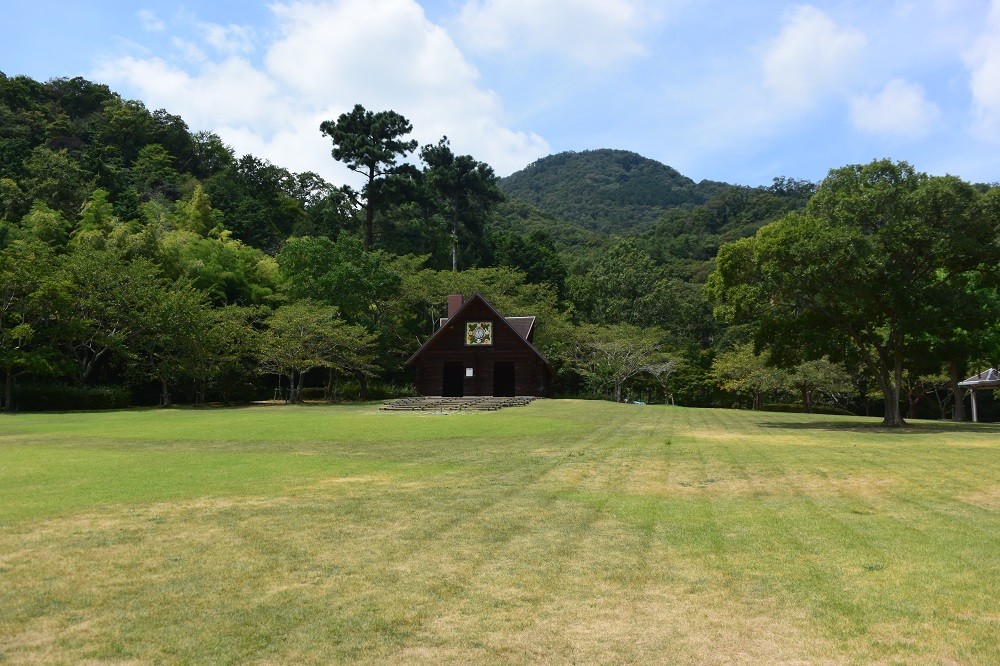
Nature
Futakamiyama-furusato Park
Nature
Futakamiyama-furusato Park
Futakamiyama-furusato Park is a natural park spreading at the foot of Mr. Futakami with a large lawn area suitable for picnic. The park has various places to play in nature, such as a waterfront terrace, which turns to a place to play with water in summer, wooden combination play equipment, and a log house-style toy pavilion and more, with which children are delighted to play.
-
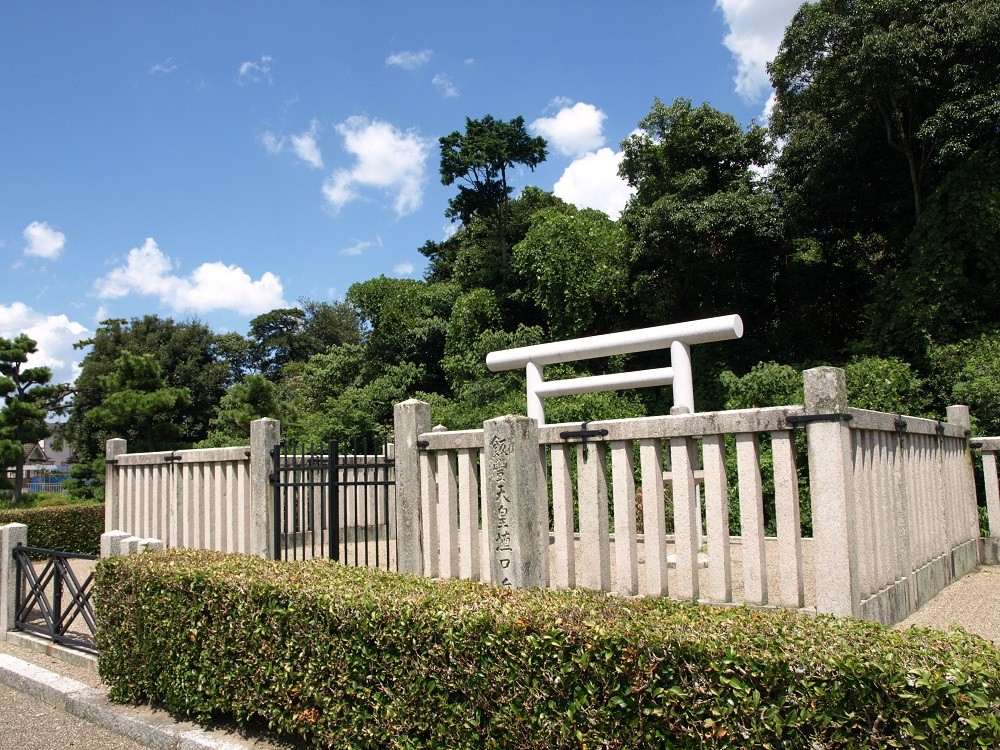
Culuture History
Imperial Mausoleum of Empress Iitoyo at the Hill of Hanikuchi
Culuture History
Imperial Mausoleum of Empress Iitoyo at the Hill of Hanikuchi
This is the tomb of Empress Iitoyo, who is said to have ruled in the late 5th century. According to the "Kojiki," Japan's oldest history book, and the "Nihon Shoki," a chronicle of Japan completed in the 8th century, she is said to have conducted her political affairs at Tsunosashi Shrine.
-
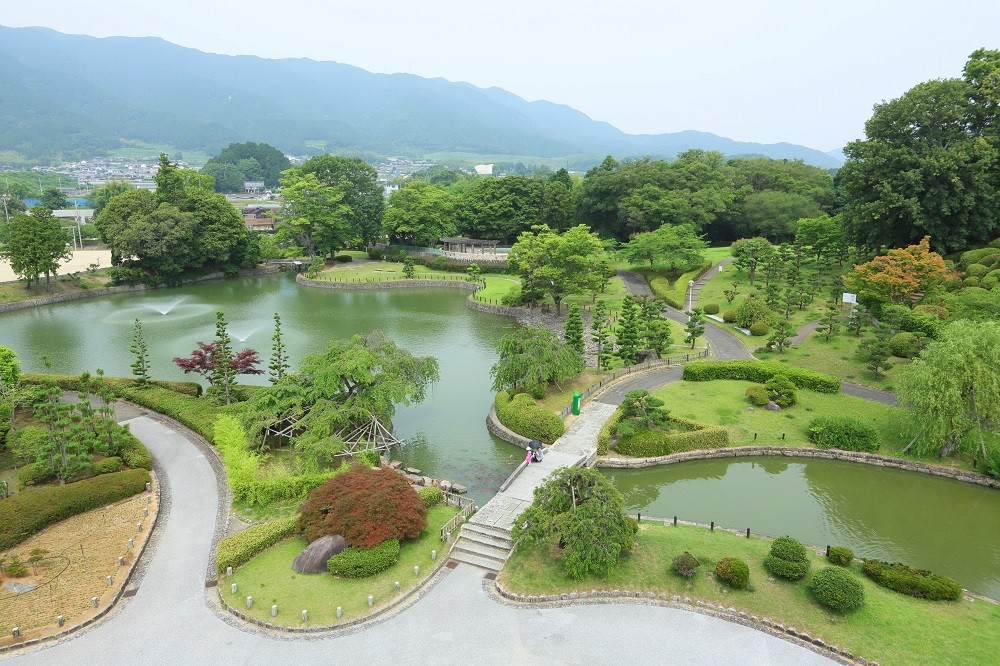
Nature
Yashikiyama Park
Nature
Yashikiyama Park
Yashikiyama Park, located at the foot of Mt. Katsuragi, is a park rich in nature and blessed with greenery, wherein you can get up close and personal with the nature of the four seasons. It's widely enjoyed by people who live in the city, and those who come from neighboring areas, as well.
-
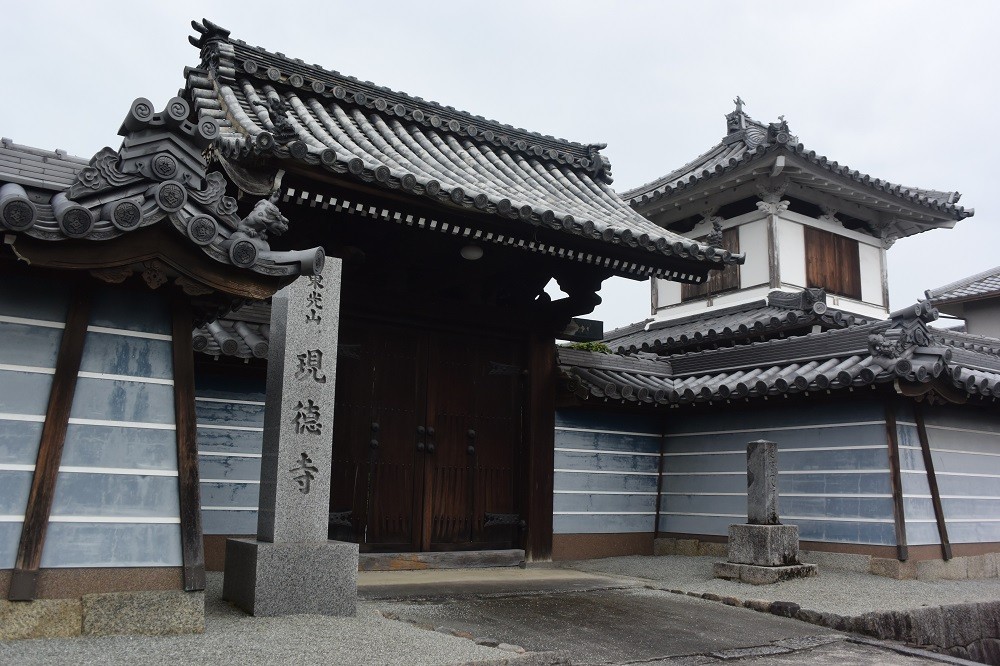
History
Gentokuji Temple
History
Gentokuji Temple
This temple was formerly referred to by the name Tokoan, but in 1491, it became part of the Jodo Shinshu sect and was renamed Tokozan Gentokuji. On the temple grounds is a rare, scared tree called "Matsugaki," whose roots are pine, but whose top is persimmon.
-
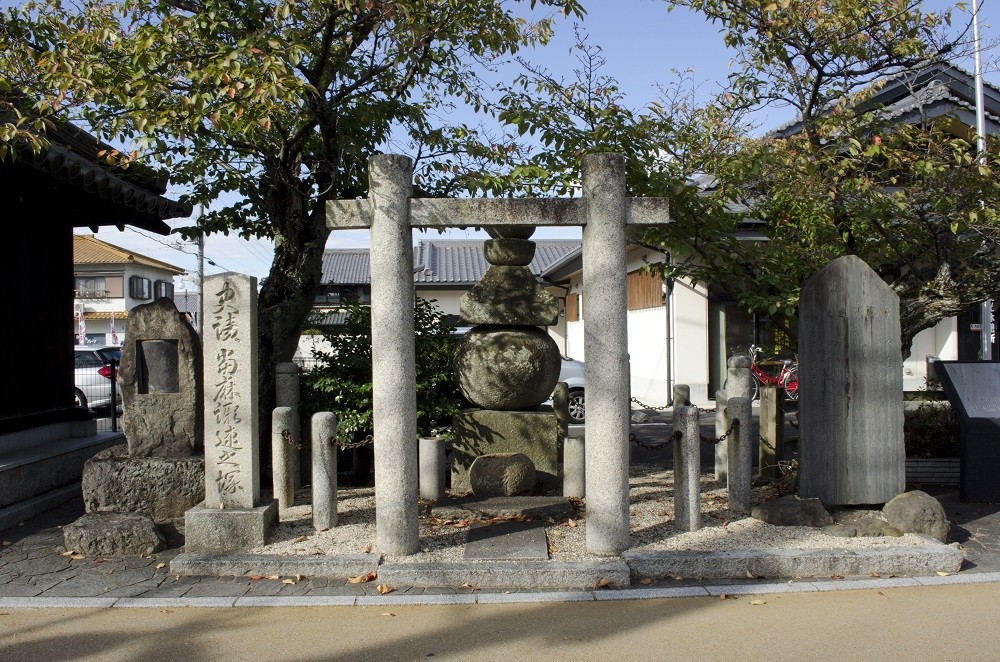
Culuture History
Taima-no-Kehaya Stone Grave
Culuture History
Taima-no-Kehaya Stone Grave
This is a five-ring pagoda that is said to be the tomb of Taima Nokehaya, the founder of sumo wrestling. During the reign of Emperor Suinin (around the 1st century), Taima Nokehaya partook in a test of strength against Nomi no Sukune, and this is said to be the first sumo match held in imperial presence in Japan.
-
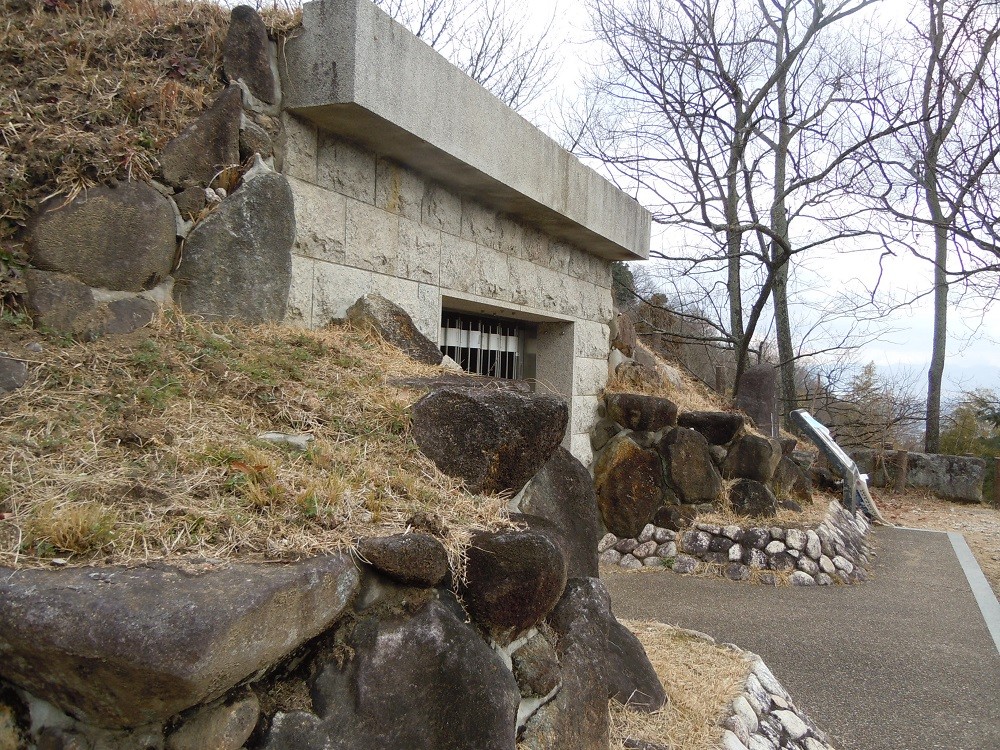
Culuture History
Toritaniguchi Burial Mound
Culuture History
Toritaniguchi Burial Mound
This burial mound, built on the tip of a ridge derived eastward of Mt. Nijo, was discovered by chance during construction work in 1983, and was named Toritaniguchi Kofun (burial mound) after the location's name.
-
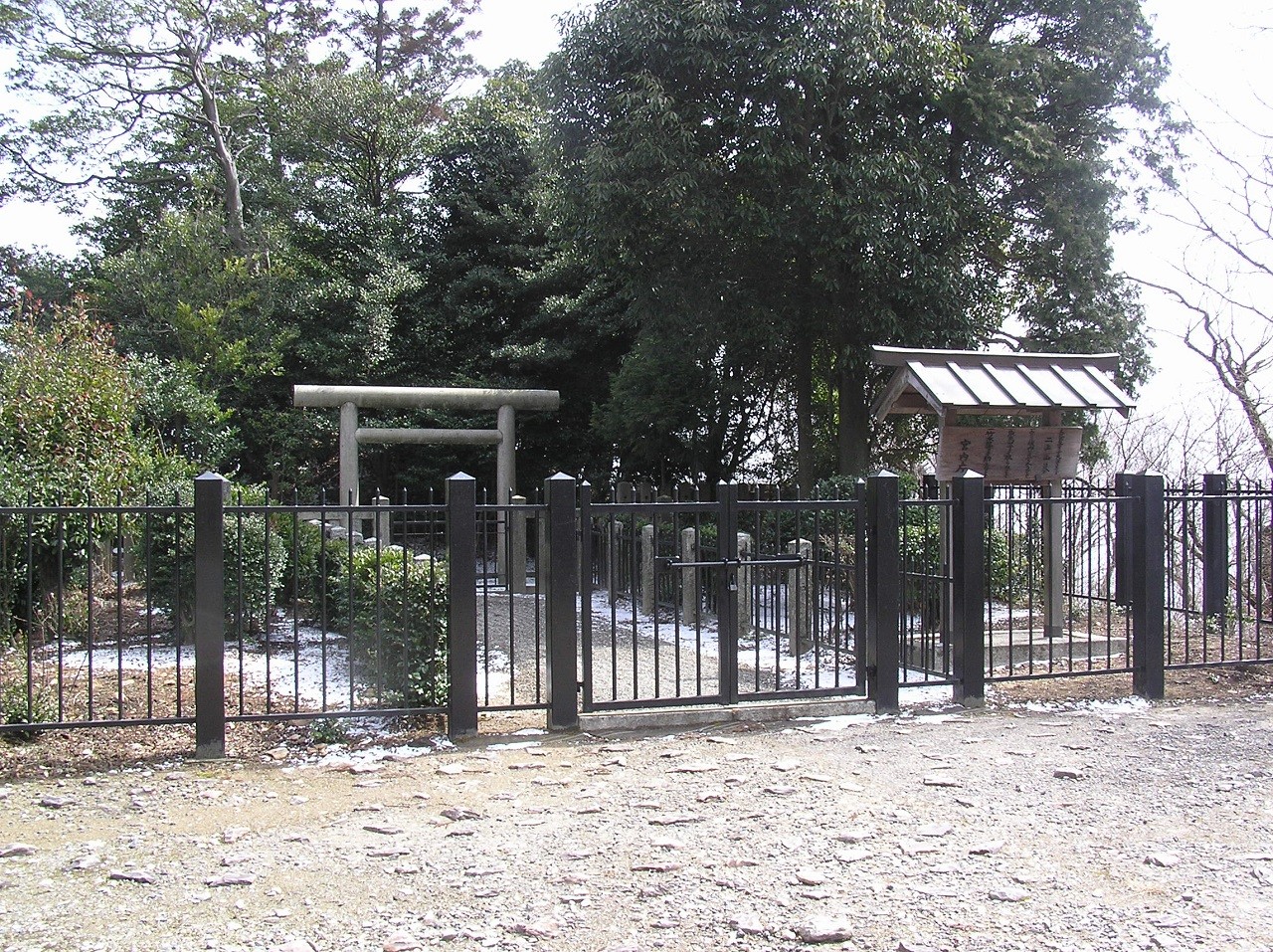
Culuture History
Tomb of Prince Otsunomiko
Culuture History
Tomb of Prince Otsunomiko
Prince Ōtsu was born as the third prince of Emperor Tenmu, but because of his bravery and intelligence, he was accused of treason and put to death at the age of 24 (in the 7th century). His sister, Princess Ōku, who was grieving the death of the prince, wrote this famous poem in the Man'yoshu: "From tomorrow ever / Shall I regard as brother / The twin-peaked mountain of Futagami- / I, daughter of man!"
-
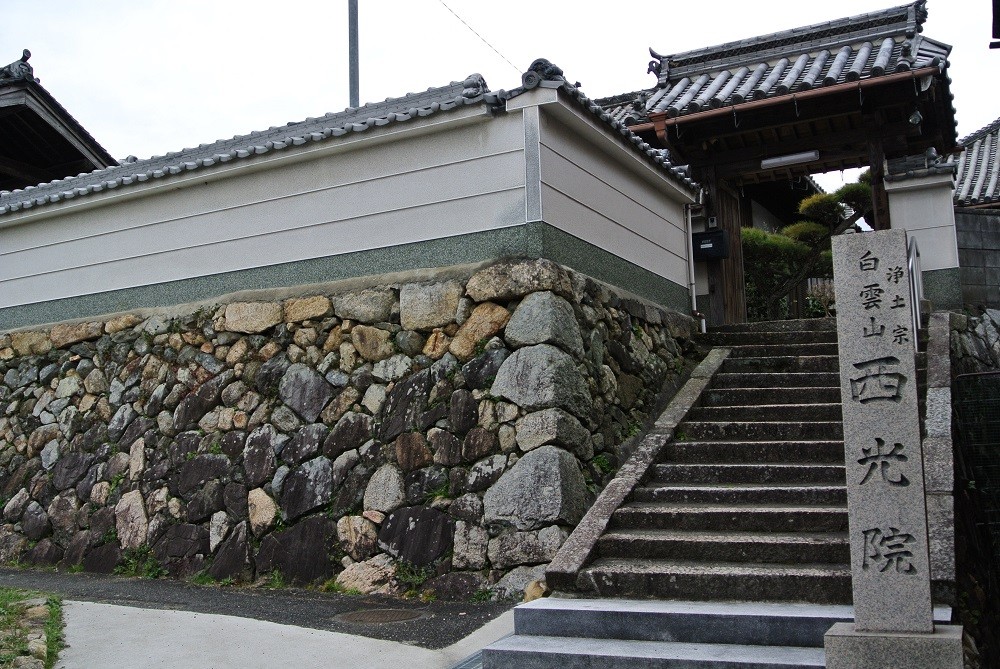
Culuture
Saikoin Temple
Culuture
Saikoin Temple
In the Heian period (8th century to 12th century), for the purpose of creating the Kannon of Hase-dera Temple, a large camphor tree was transported through the Takenouchi Pass. The branch tips that were cut off at this time were used to craft this temple's Misogi Kannon. The stone wall in front of the temple also has a tortoise shell stone, which represents good omens.
-
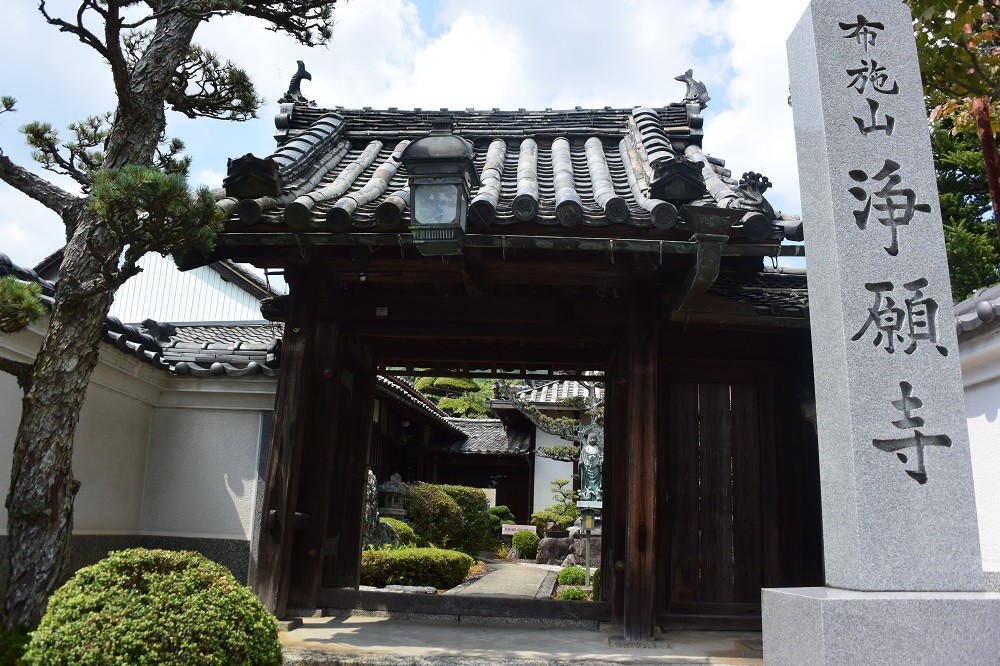
Culuture History
Joganji Temple#History
Culuture History
Joganji Temple#History
The temple is visited by people to pray for childbirth and water children, and has a statue of Amitabha as its main deity. In 2009, a healing garden was completed.
-
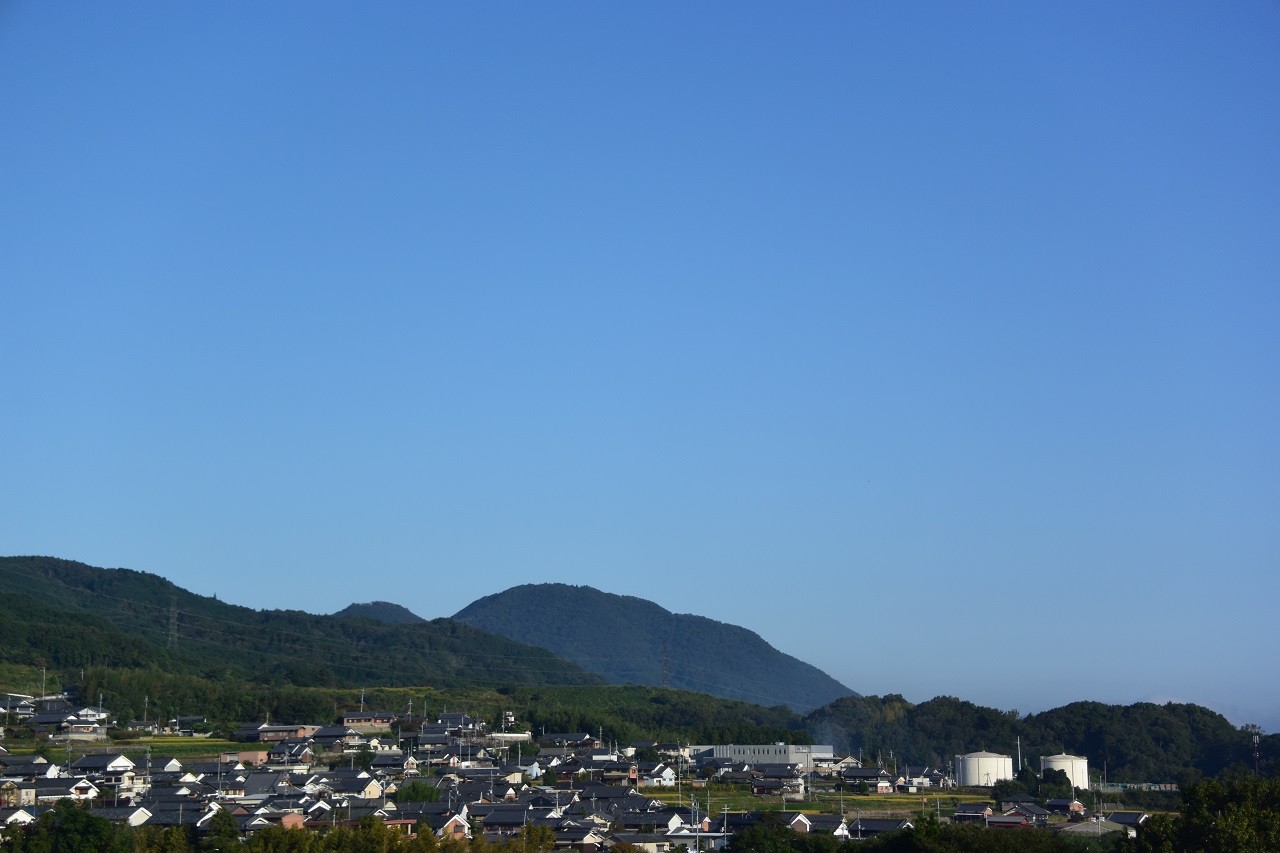
Nature
Mt. Iwahashi
Nature
Mt. Iwahashi
This is one of the peaks of the Katsuragi mountain range, alongside Mt. Nijo. This mountain is 659 meters high, and rises to the south of the Takenouchi Pass. It is flush with rich greenery in the western part of the Banjo City area and northern Katsuragi City, and is blessed with high-quality, fresh water and a legend steeped in history.
-
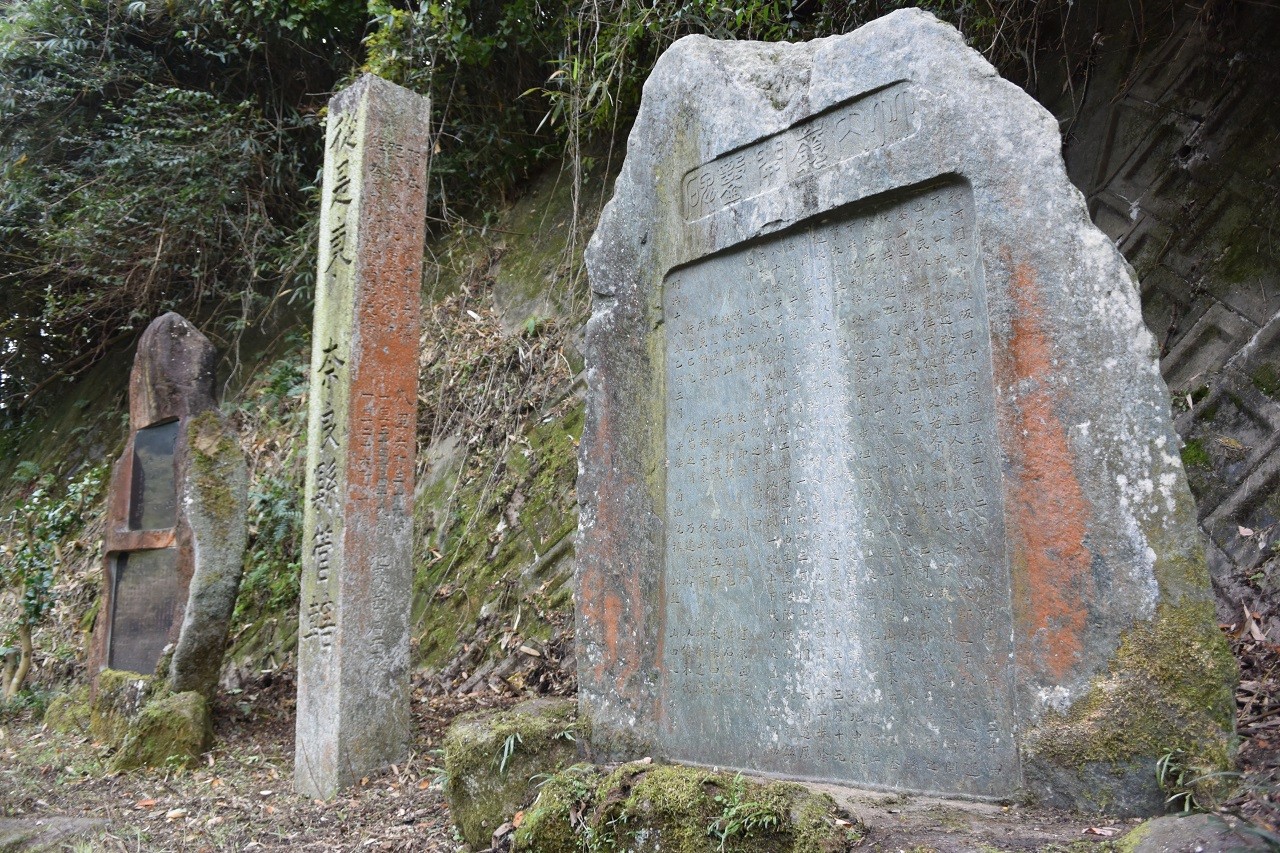
Nature
Takenouchi Mountain Pass
Nature
Takenouchi Mountain Pass
Takenouchi Mountain Pass is located on the border between Katsuragi City, Nara Prefecture, and Taishi Town, Minamikawachi-gun, Osaka Prefecture, where the Takenouchi Kaido (National Route 66) runs through. It has been a major transportation hub since ancient times, and it is said that Prince Shotoku crossed this pass to travel between Shitennoji Temple and Asuka.
-
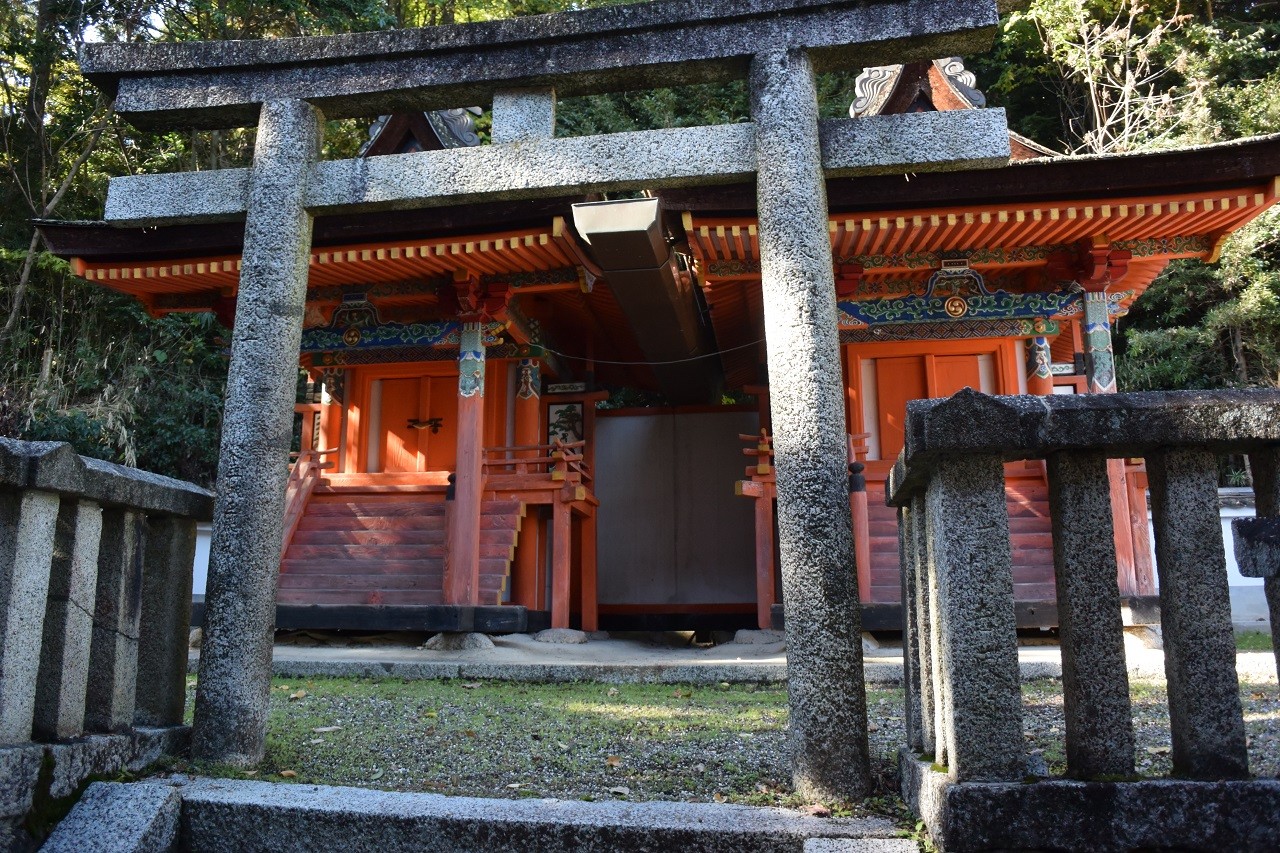
Culuture
Hakanishi Jinja Shrine
Culuture
Hakanishi Jinja Shrine
The deities worshipped at Hakanishi Jinja Shrine are Shitateruhime in the north hall, and Sugawara no Michizane in the south hall. The main building is designated as an Important Cultural Property.
-
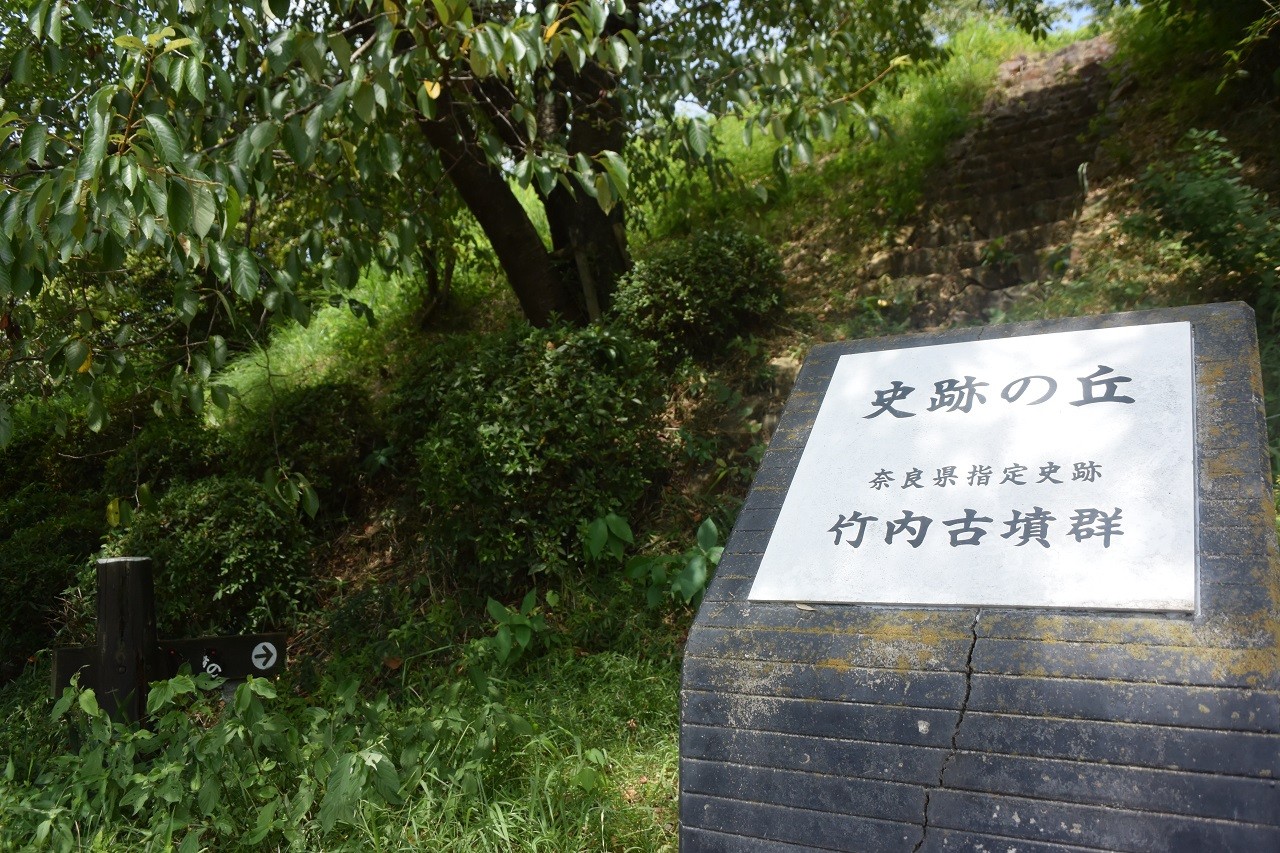
Culuture History
Takenouchi Tumuli Group, The Hill of Historic Sites
Culuture History
Takenouchi Tumuli Group, The Hill of Historic Sites
This is a group of 34 burial mounds, including one anterior-posterior circular tomb and one oblong tomb, centered on Mt. Kitora, north of Takeuchi Village. Most of the tombs are round, with a diameter of about 10m and a height of about 2m. They are estimated to have been built between the end of the 5th century and the mid-6th century. It is designated as a prefectural historical site.
-
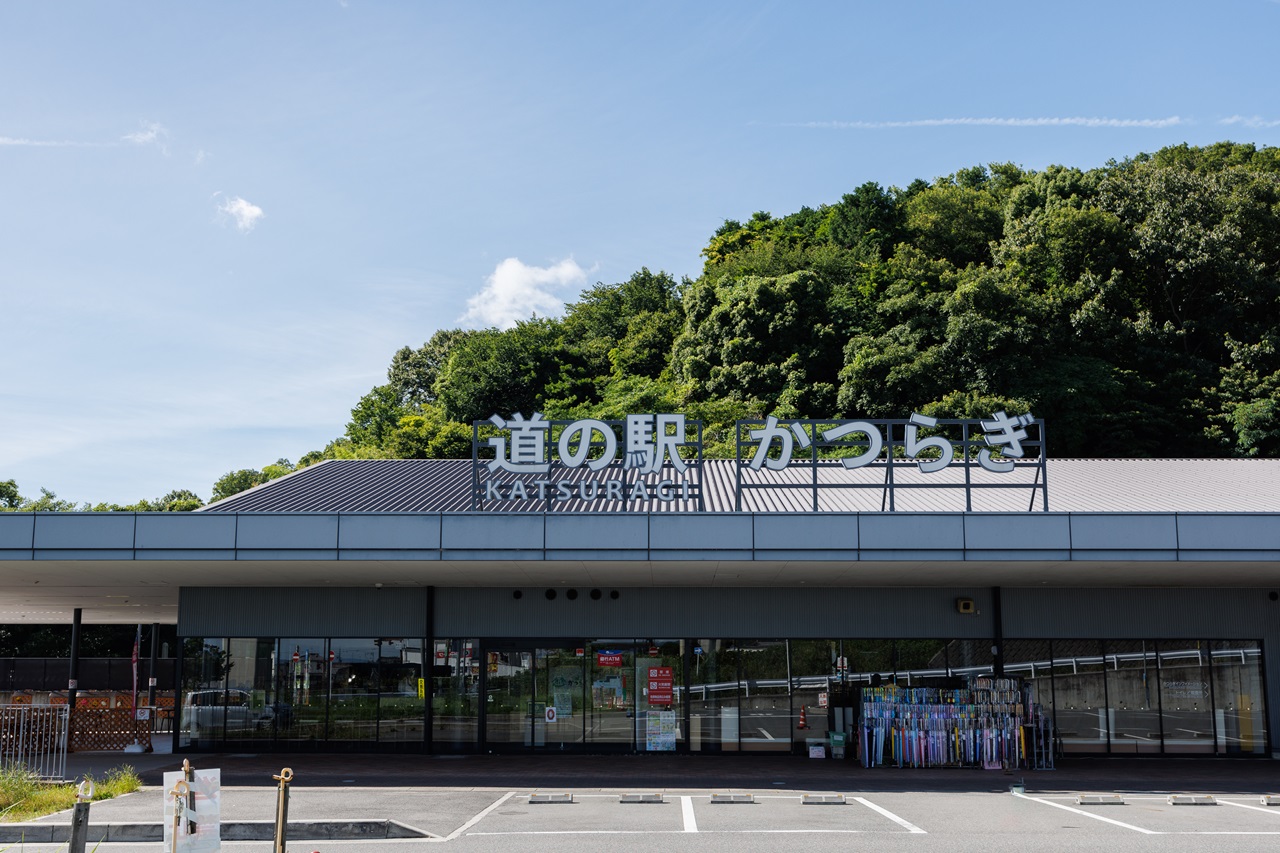
Shopping Dining
Michinoeki (Roadside Station) Katsuragi
Shopping Dining
Michinoeki (Roadside Station) Katsuragi
Roadside Station Katsuragi sells local fresh vegetables, Nara specialties, prepared foods, confections, sweets, meat and milk from Nara Prefecture, and other local products. The food court is one of the largest in the prefecture and offers a variety of products made from local vegetables and milk.
-
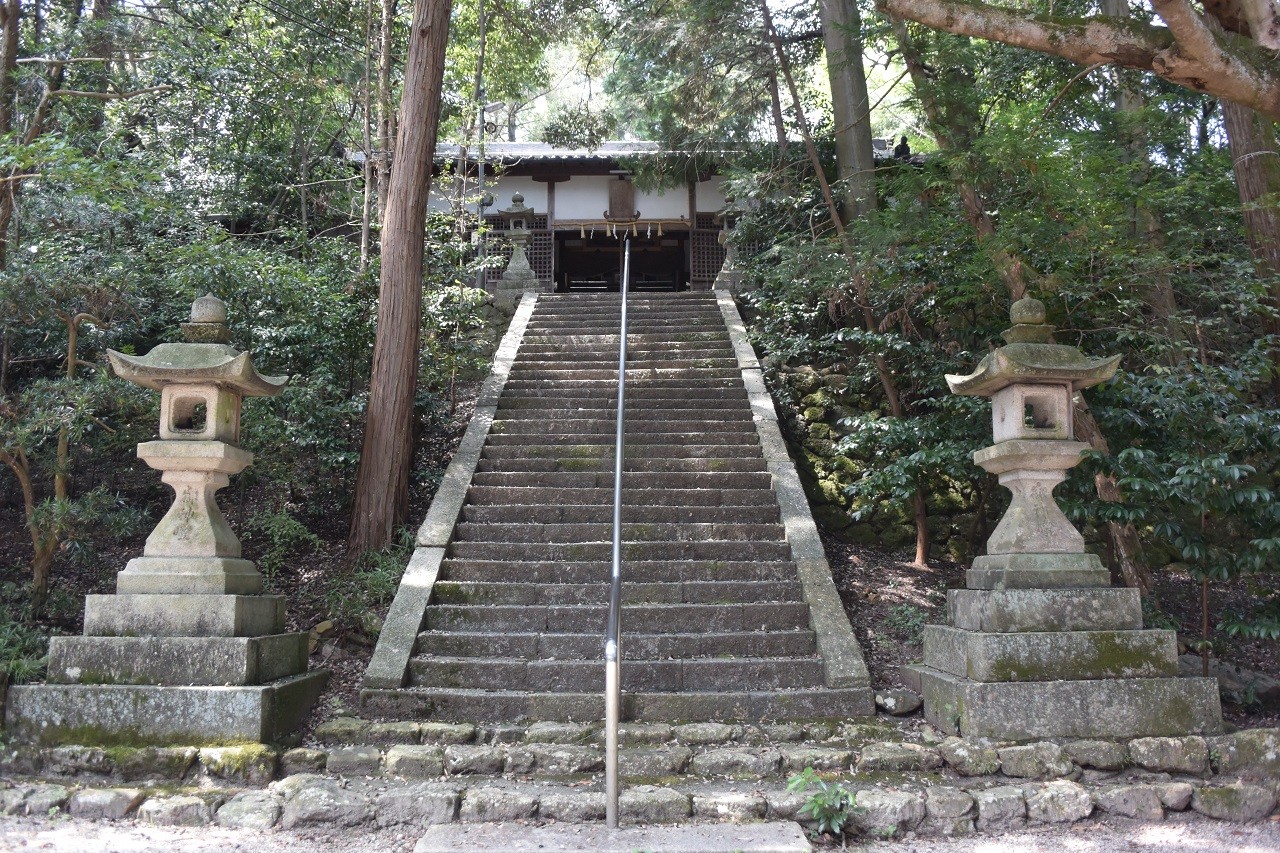
Culuture History
Kamori Jinja Shrine
Culuture History
Kamori Jinja Shrine
The official name of the shrine is the Shrine of Amanohazuchi no Mikoto in Shidori of Kazuraki. The shrine is dedicated to Amanohazuchi no Mikoto, the ancestor god of the Shidori clan, a group of weavers who specialized in weaving textiles called "Shidori."
-
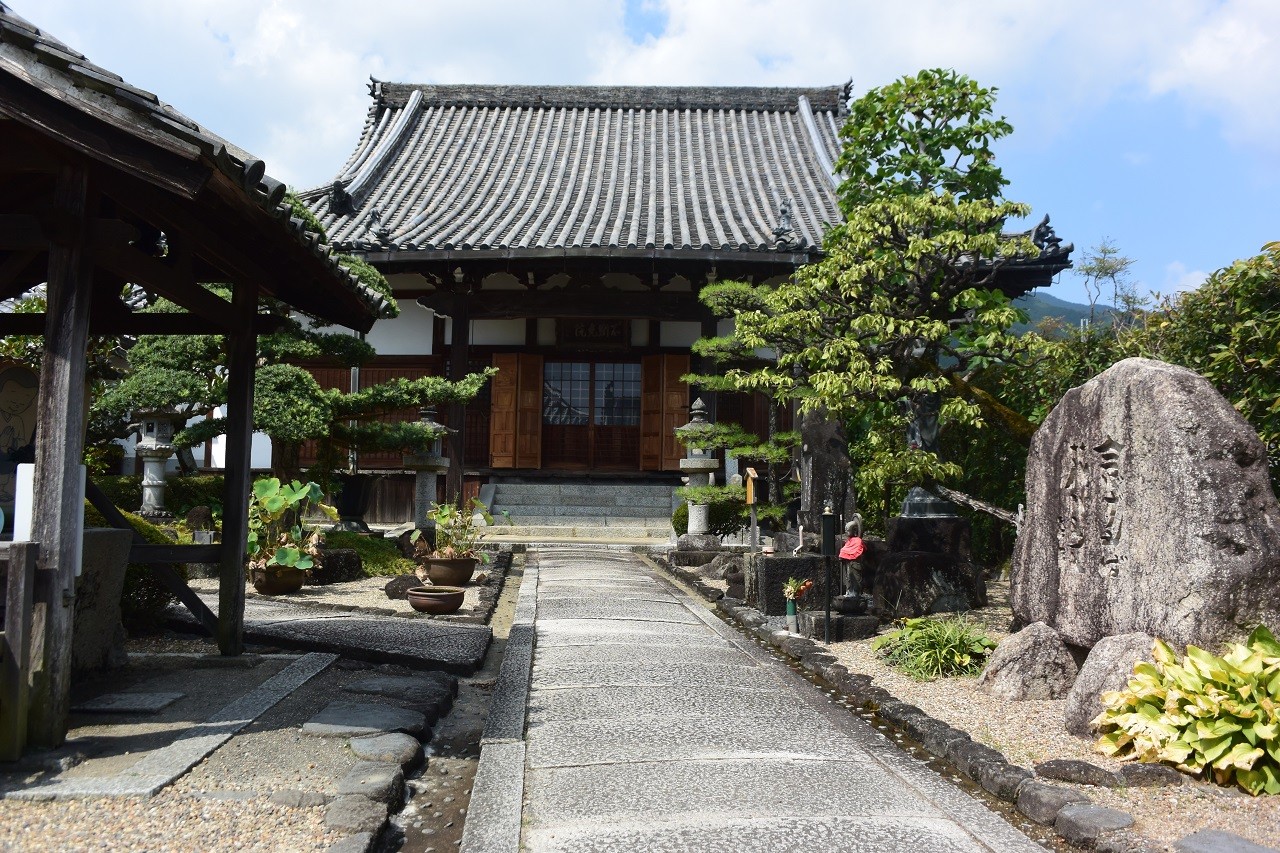
Culuture
Gokurakuji Temple
Culuture
Gokurakuji Temple
This is a Jodo Buddhist sect temple located in Hiroaka, Katsuragi City. It is said to be one of the temples founded by Gyouki (668-749), a high priest of the Nara period.
-
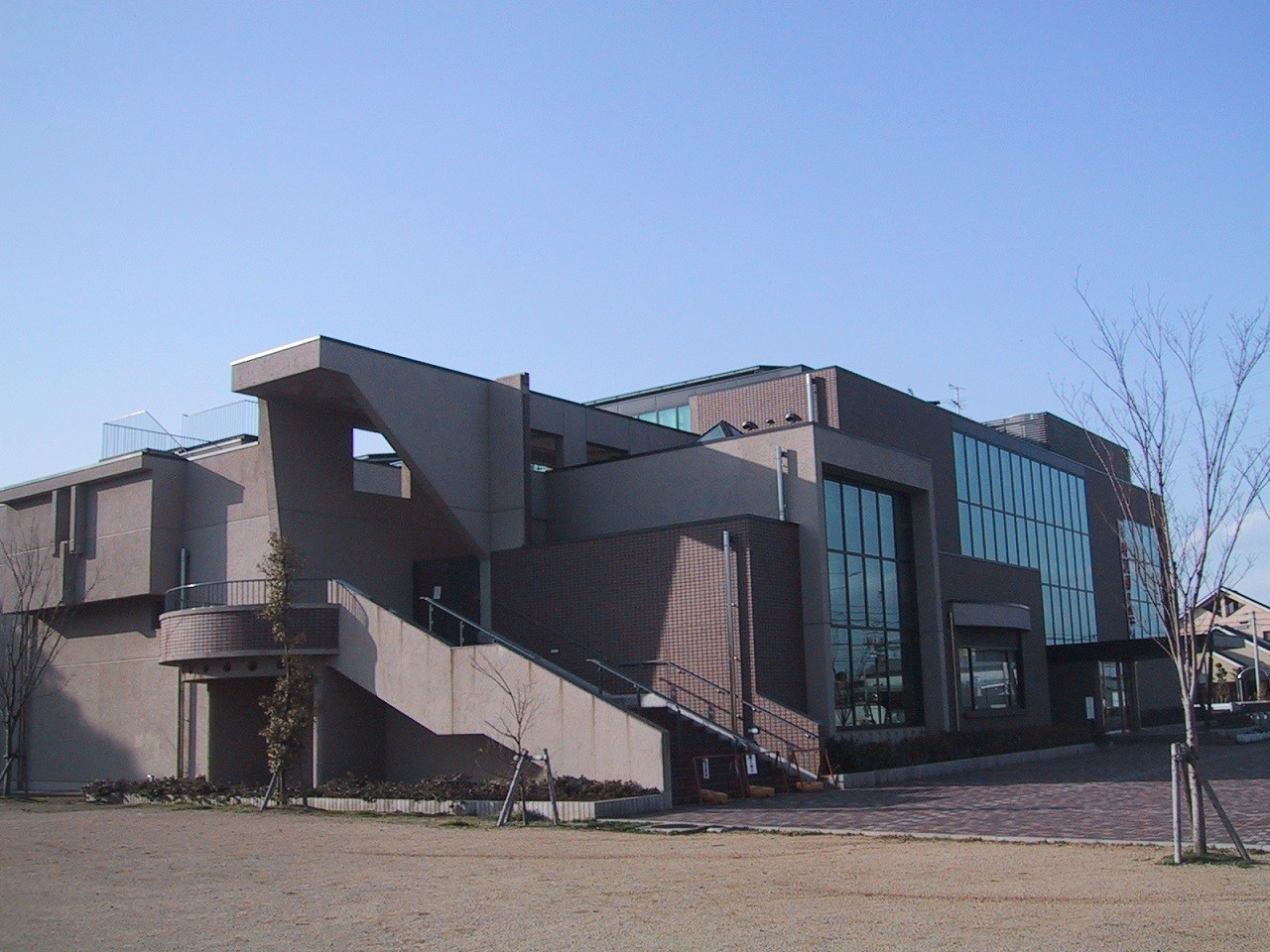
Culuture History
Katsuragi City History Museum
Culuture History
Katsuragi City History Museum
This museum introduces the history of Katsuragi City and the Katsuragi region based on archaeological, historical, and folk materials.
-
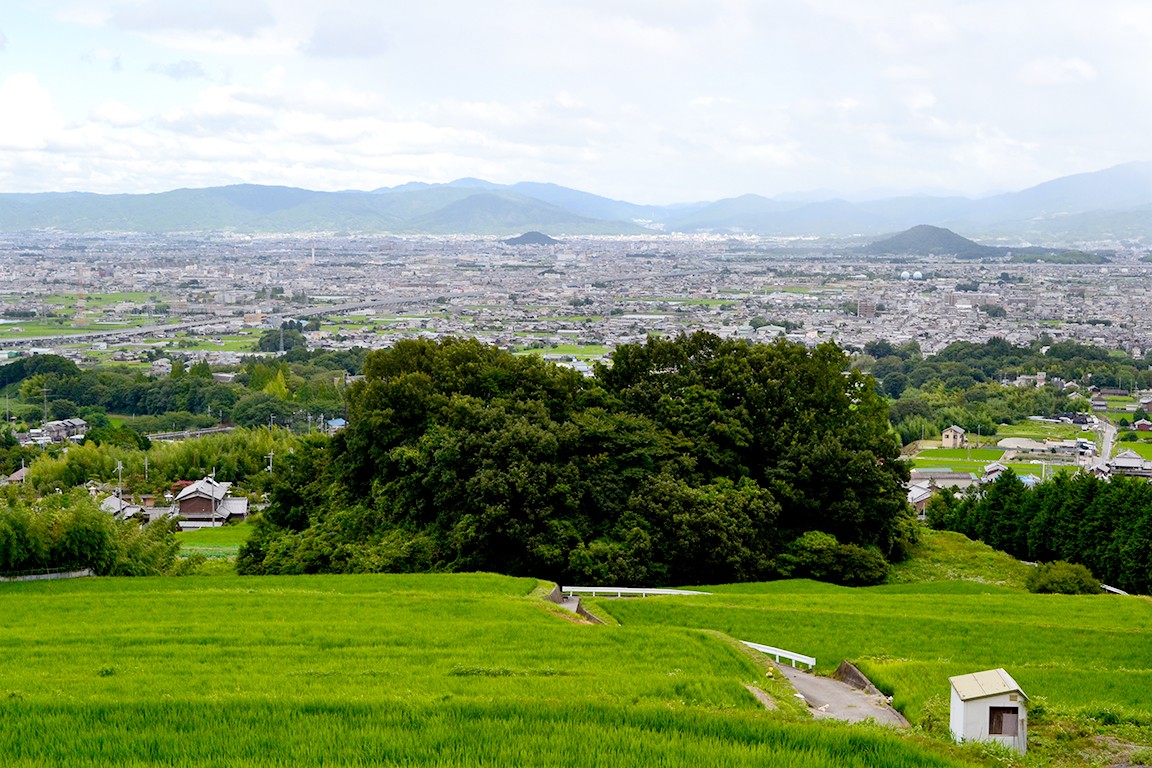
Culuture History
Futatsuka Burial Mound
Culuture History
Futatsuka Burial Mound
This tomb is a post-anterior cylindrical tomb built on the slope of the eastern foot of the Katsuragi mountain range. It measures 60 meters in length and 10 meters in height, and has a side-hole stone chamber in the front, back, and manufactured sections, making it extremely rare as a burial mound with three side-hole stone chambers.
-
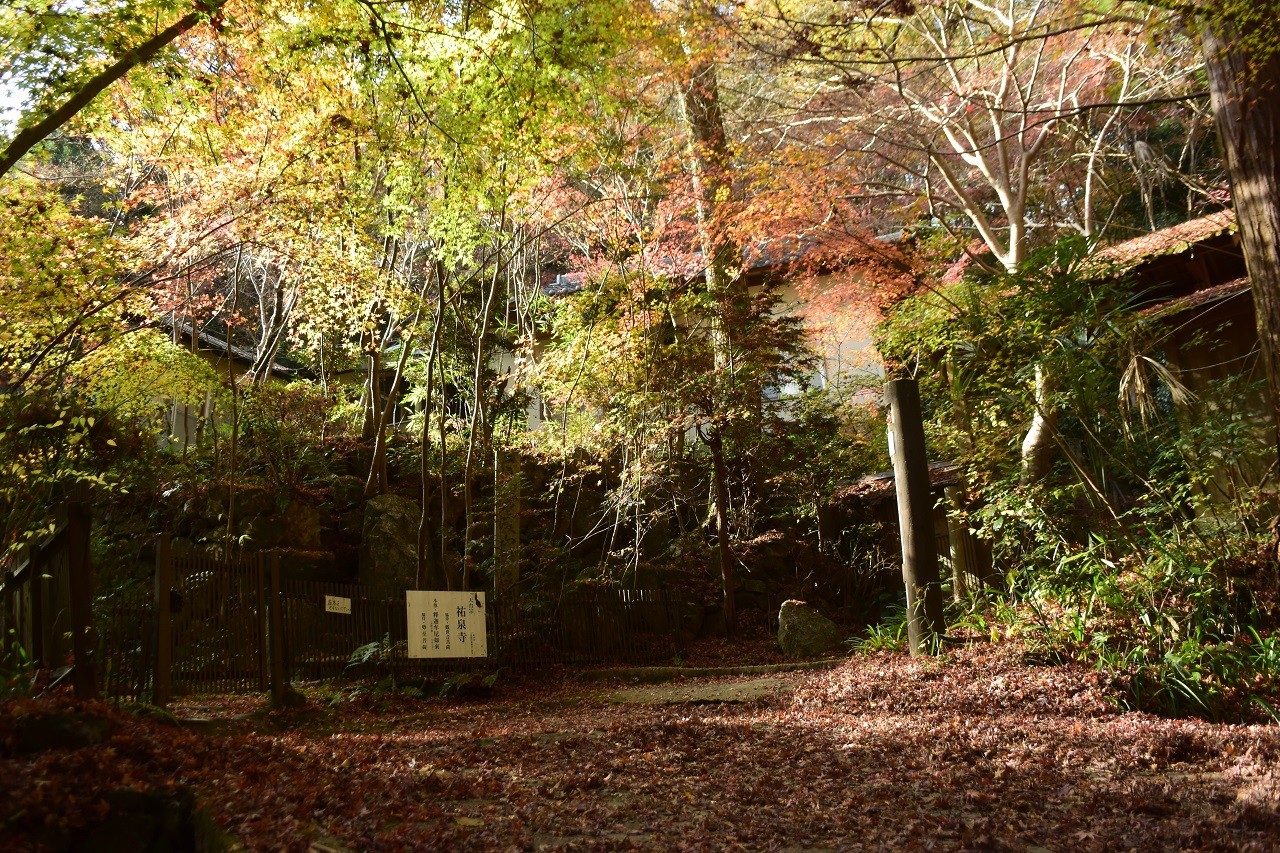
Culuture
Yusenji Temple
Culuture
Yusenji Temple
A temple of the Tendai sect, located on the trail of Mt. Nijo.
-
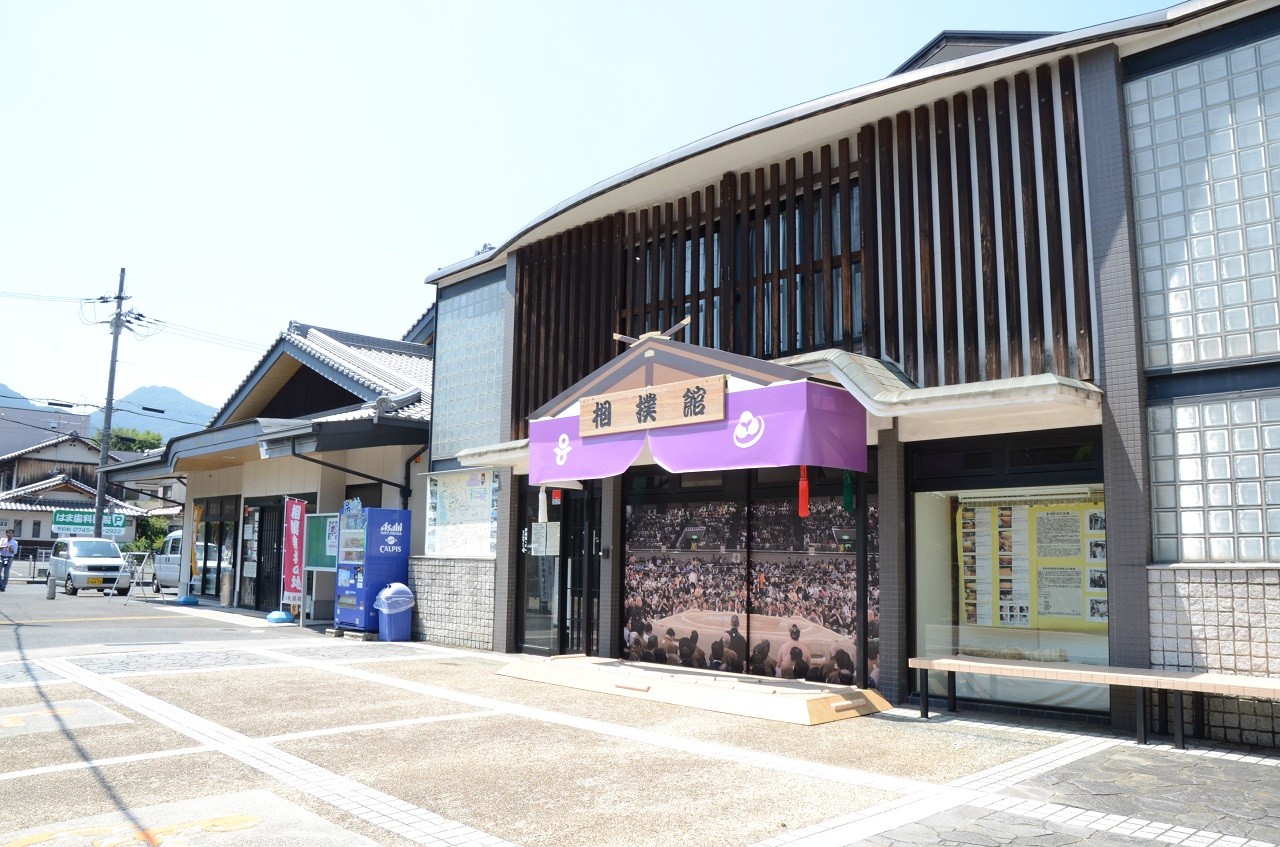
Culuture History
Katsuragi City Sumo Museum “Kehayaza”
Culuture History
Katsuragi City Sumo Museum “Kehayaza”
In the museum, there is a main tournament ring-sized sumo ring, and visitors are free to enter it. The museum also has a large collection of sumo-related materials, and the periodically held special exhibitions are also popular.
-
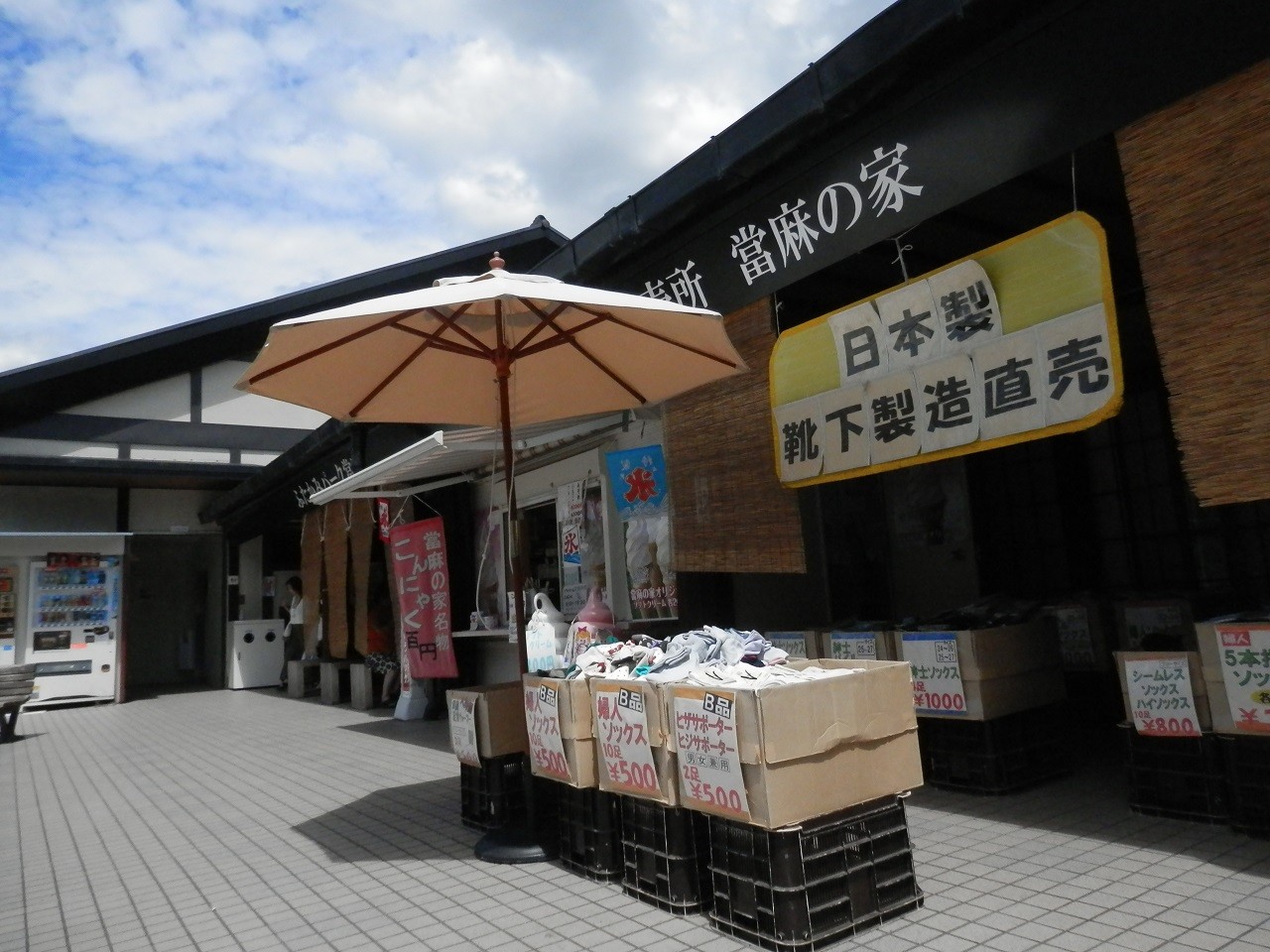
Shopping Dining
Michinoeki (Roadside Station) “Futakami Park Taima”
Shopping Dining
Michinoeki (Roadside Station) “Futakami Park Taima”
Michinoeki (Roadside Station) "Futakami Park Taima" sells many fresh vegetables and fresh flowers produced by local farmers.
-
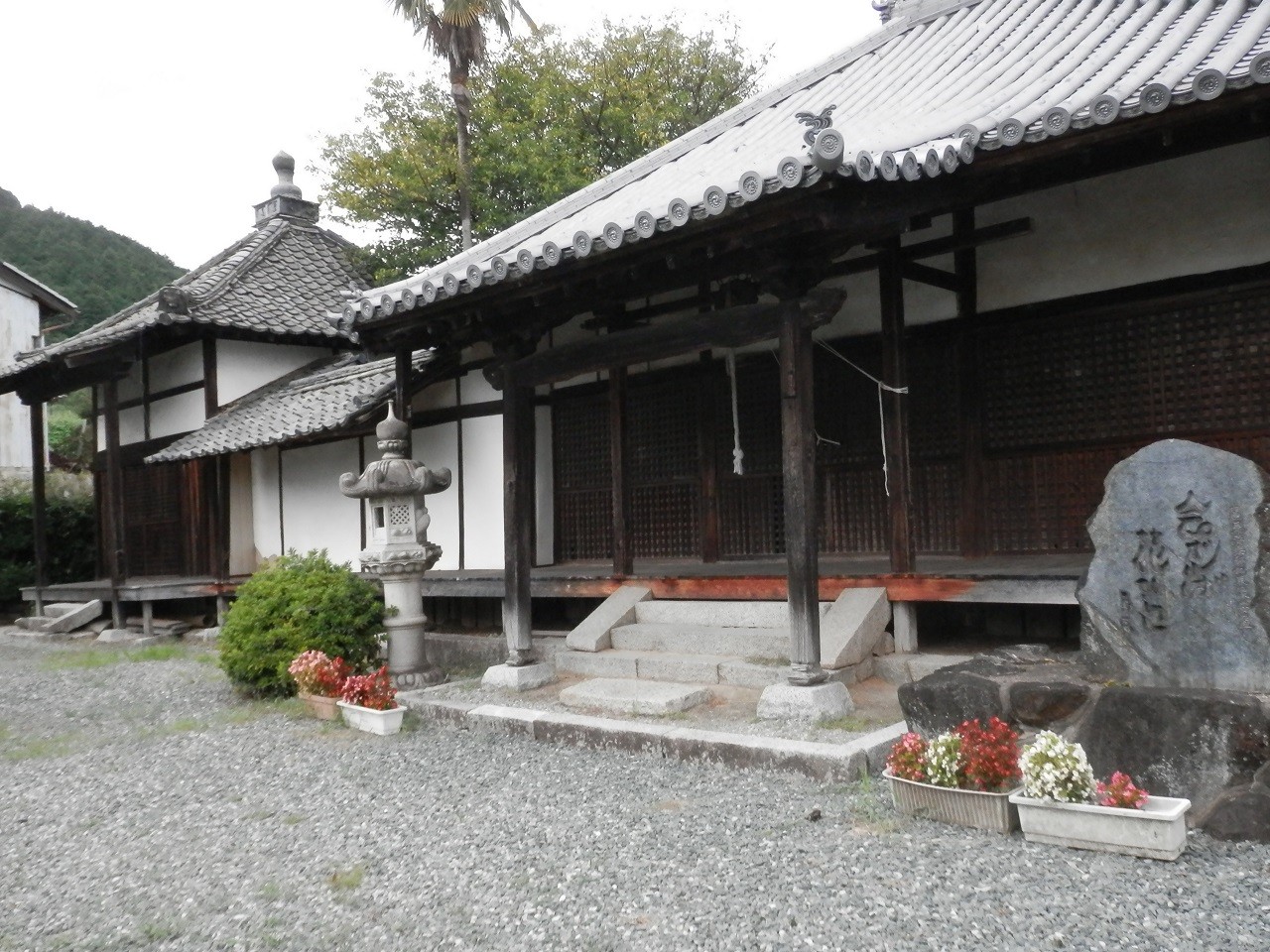
Culuture
Chionji Temple
Culuture
Chionji Temple
This temple is the Fuse Clan's clan temple. It is said to have been founded by the famous monk Gyouki in the early Nara period. The standing statue of the eleven-faced Kannon, made of a single piece of Japanese cypress, is designated as a National Important Cultural Property.
-
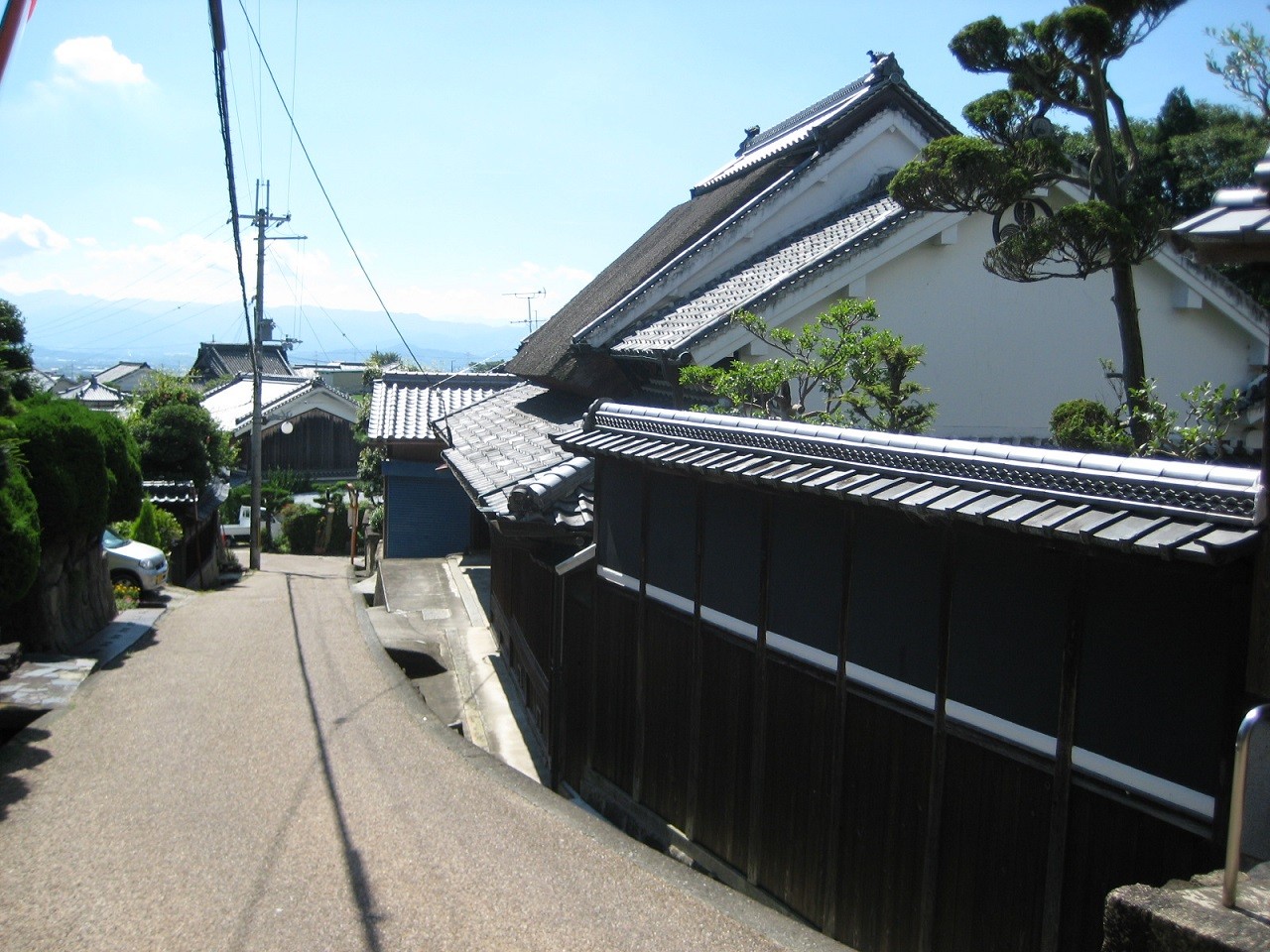
Culuture History
Takenouchi Historic Road
Culuture History
Takenouchi Historic Road
Heading east from Sakai City, Osaka Prefecture, crossing the Takeuchi Pass at the southern foot of Mt. Nijo, and reaching the vicinity of Nagao Shrine, this is the oldest public road that connects Asuka City and Namba, and it opened in the year 613.
-
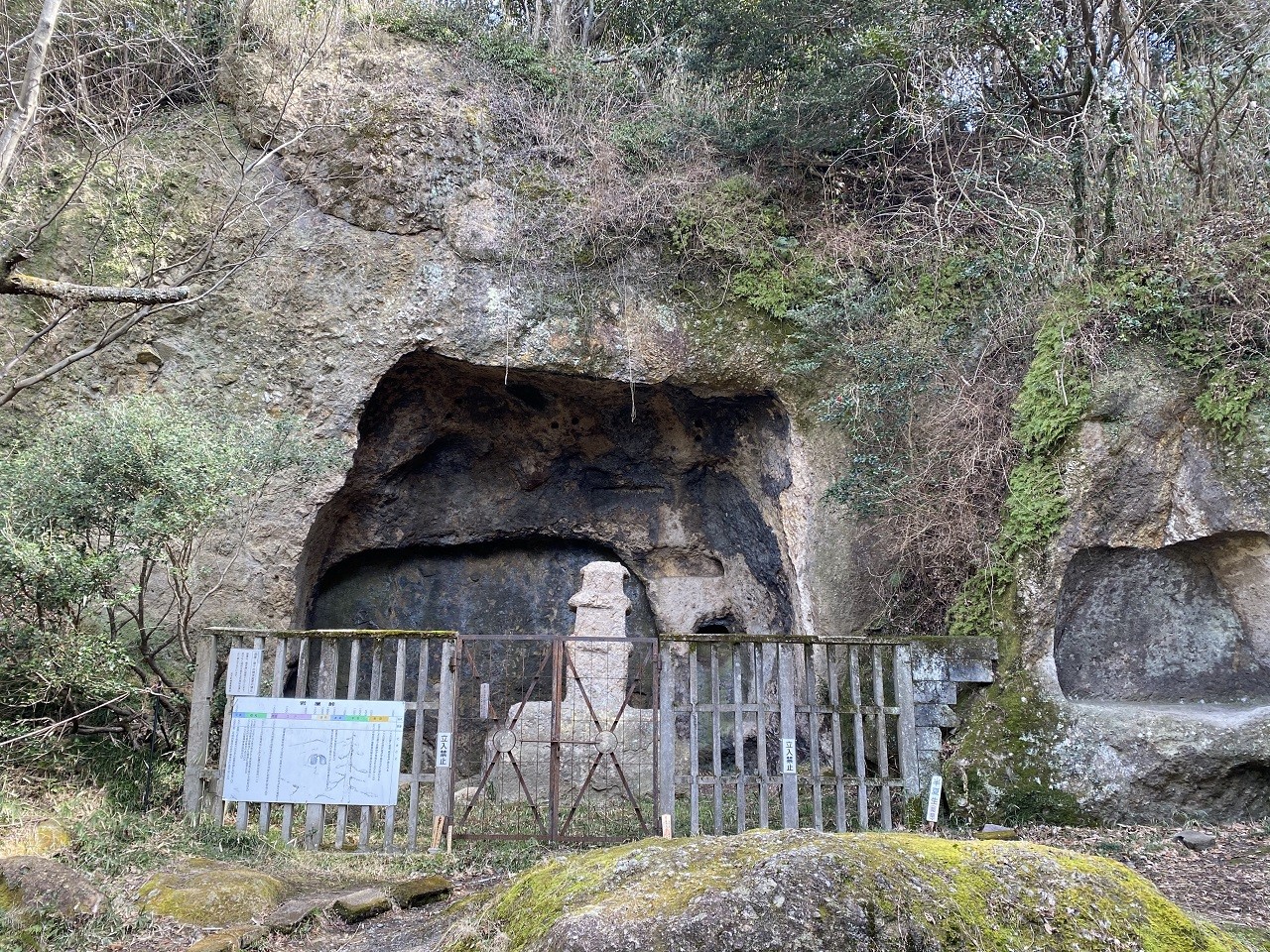
Culuture Nature
Iwaya Mountain Pass
Culuture Nature
Iwaya Mountain Pass
This is the pass between Mt. Nijo's Medake and Takenouchi Pass. Iwaya, the remains of a stone cave temple built around the 8th century, is still standing and has been designated as a national historic site.
-
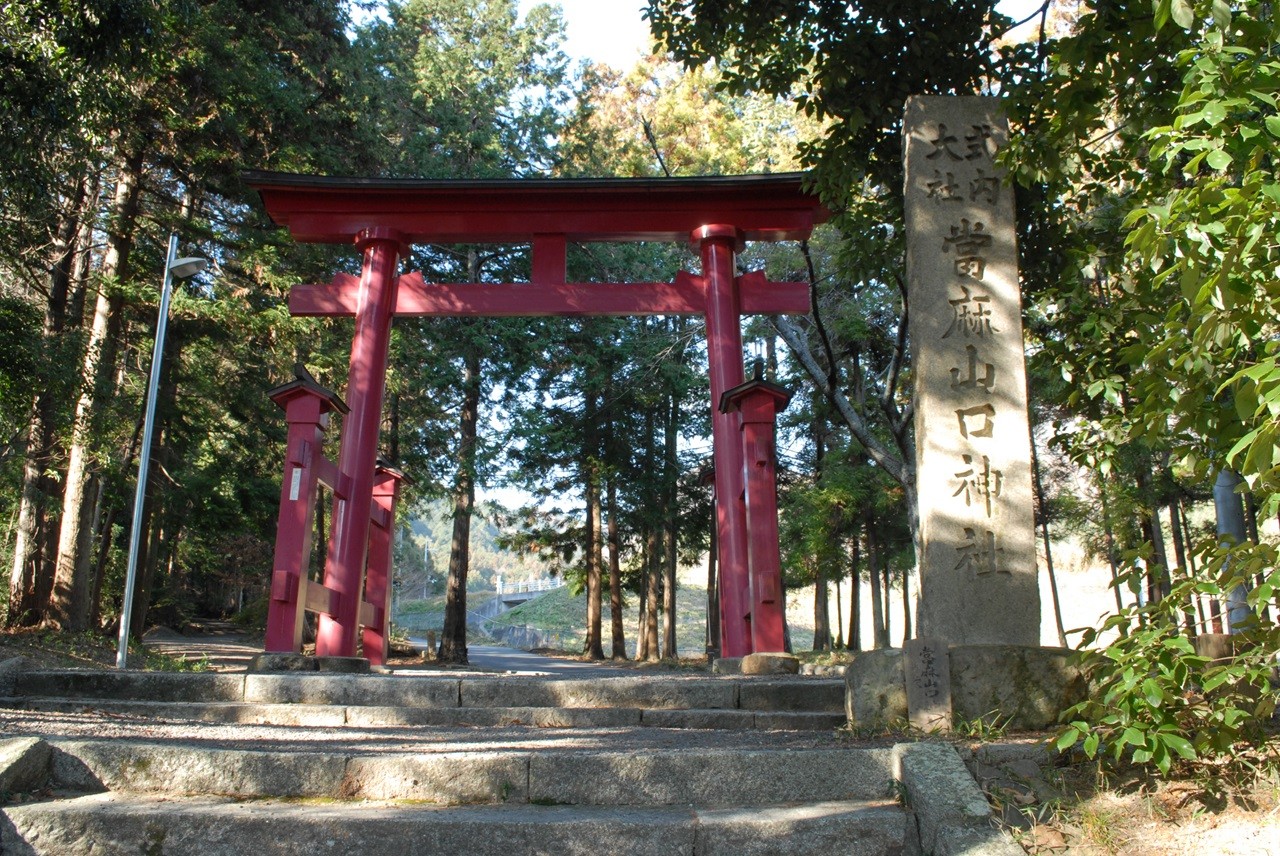
Culuture
Taima Yamaguchi Jinja Shrine
Culuture
Taima Yamaguchi Jinja Shrine
Located at the foot of Mt. Nijo, this shrine has been worshiped as a local guardian deity since ancient times. The torii gate, which usually faces the main shrine, is built facing Mt. Nijo.
-
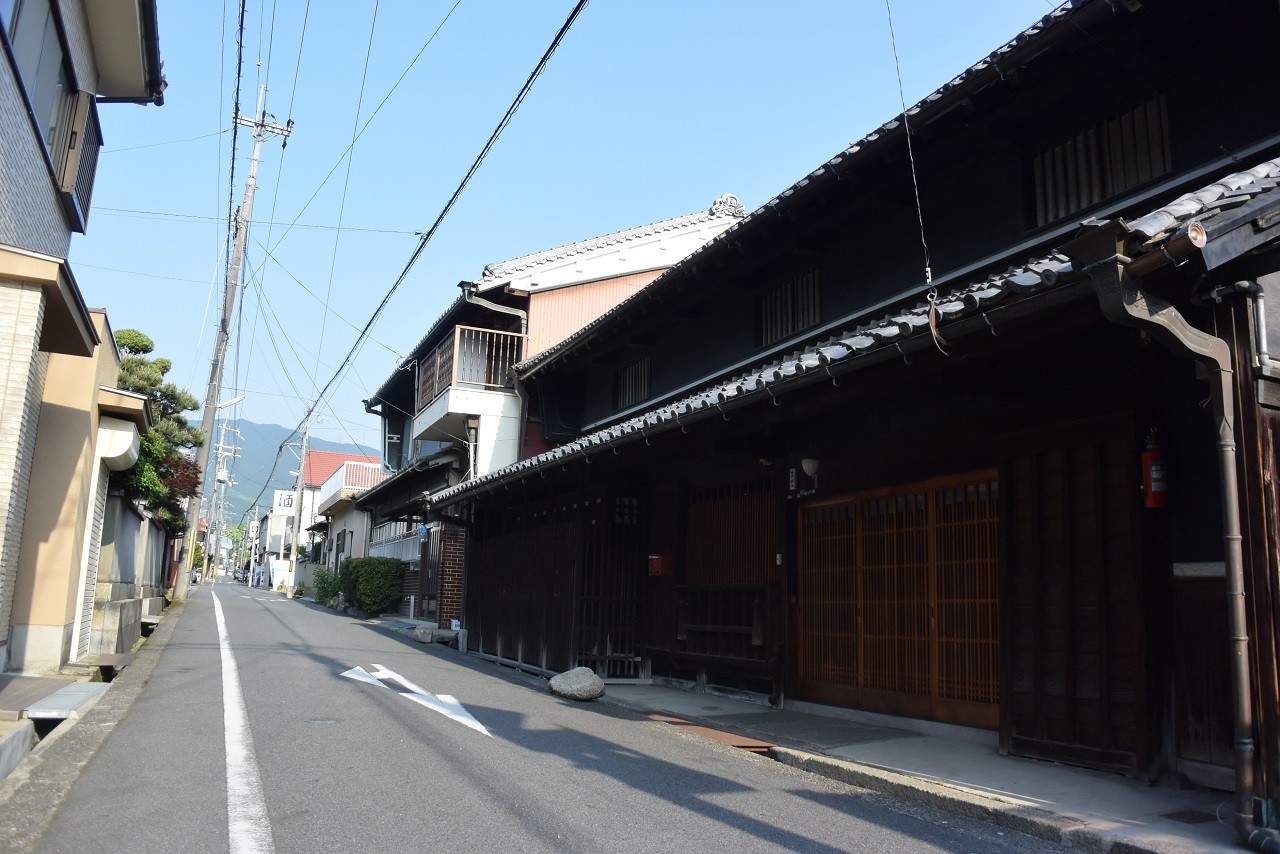
Culuture History
Koya Historic Road
Culuture History
Koya Historic Road
The Koya Historic Road runs north-south through Katsuragi City to Koya Mountain in Wakayama Prefecture. It was used to get to Koya Mountain for worship.
-
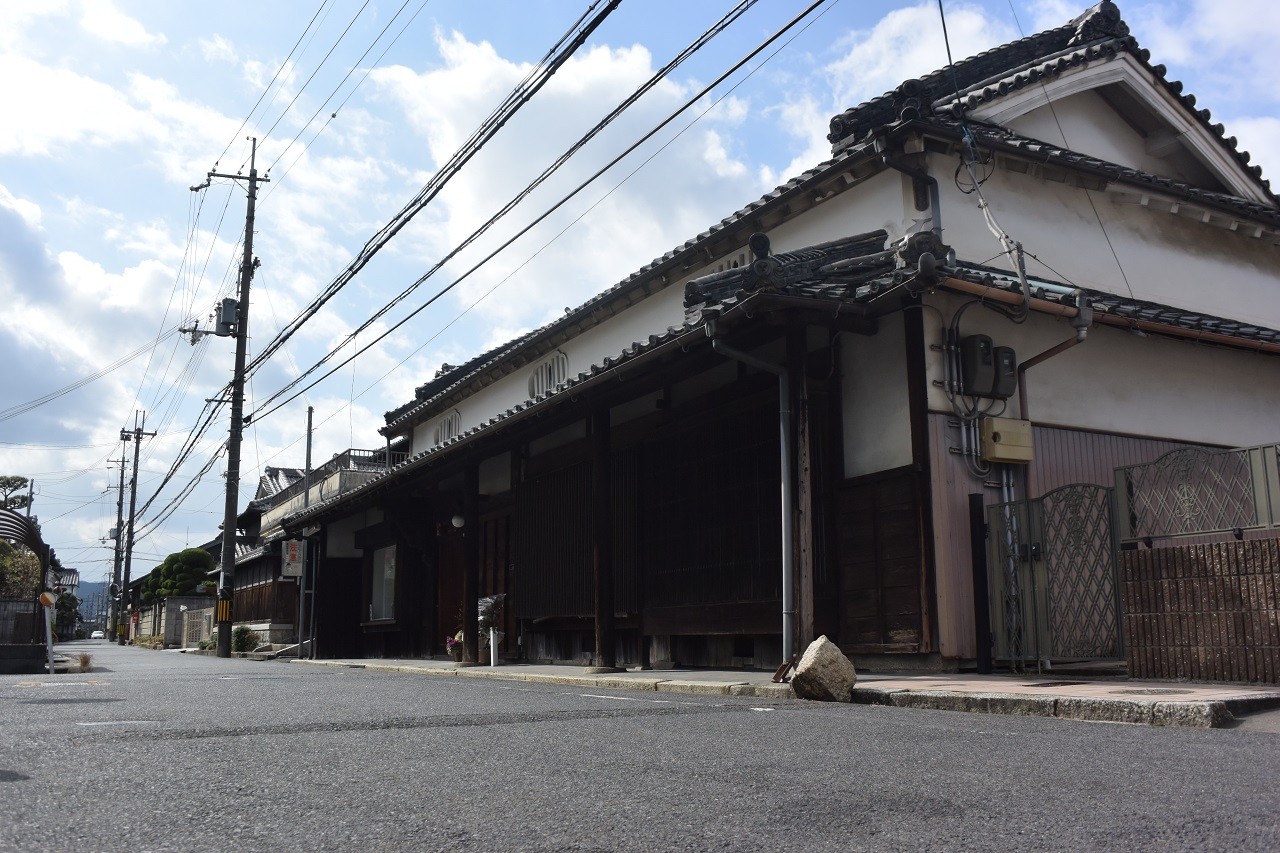
Culuture History
Shimo Historic Road
Culuture History
Shimo Historic Road
The Shimo Historic Road is a road that runs from Yamato Koriyama City through Yamato Takada City to Gojo City.
-
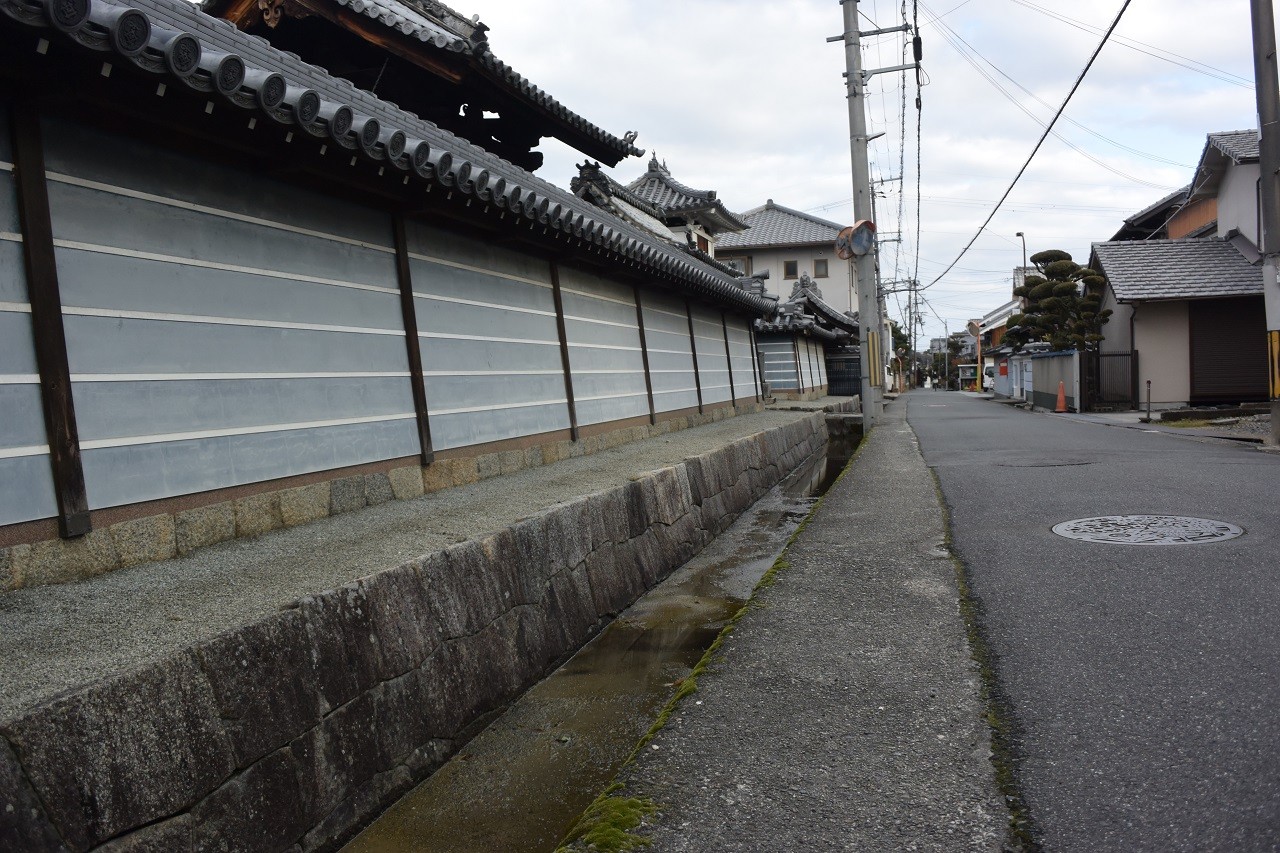
Culuture History
Shimoichi Historic Road
Culuture History
Shimoichi Historic Road
Shimoichi Historic Road is a road that runs from Osaka (Kawachi area) through Kashiba City to the Koya Historic Road. It is also called the Nagao Historic Road.
-
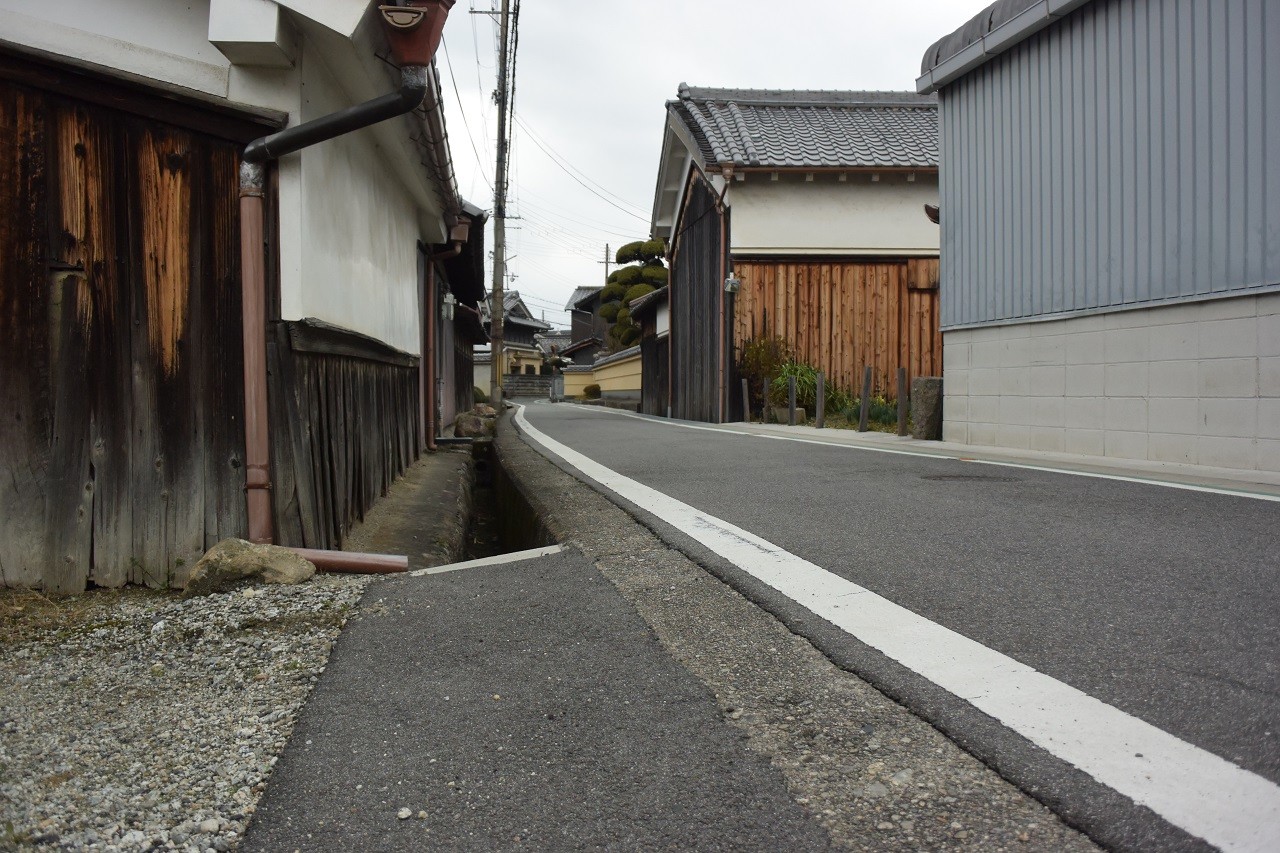
Culuture History
Nagao Historic Road
Culuture History
Nagao Historic Road
Nagao Historic Road is a road that leads from Osaka (Kawachi area) through Kashiba City to the Koya Historic Road. It is also called the Shimoichi Historic Road.
-
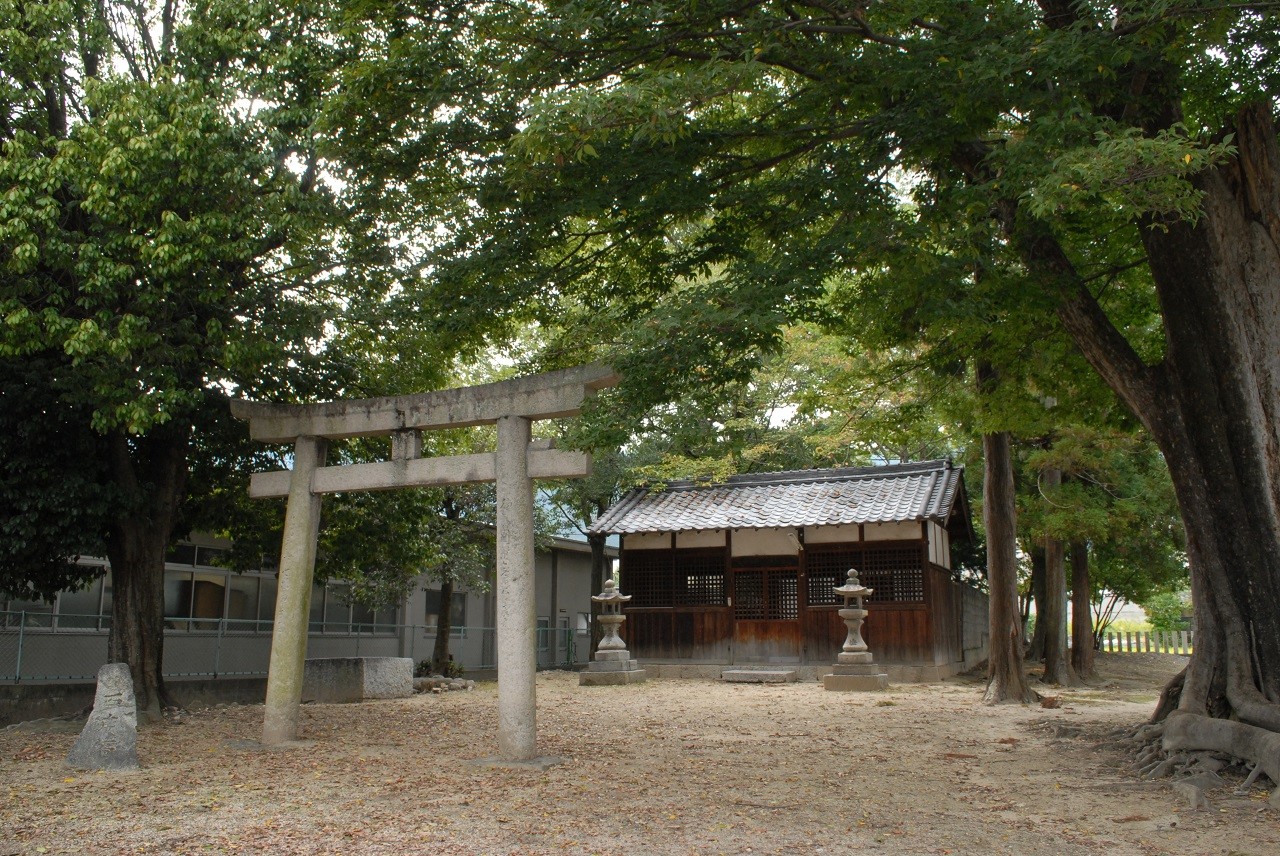
Culuture
Katsuragi Miagata Jinja Shrine
Culuture
Katsuragi Miagata Jinja Shrine
Located on the border between the Katsuragi and Shinjo districts, this Engi-Shiki listed shrine has been worshiped since ancient times.
-
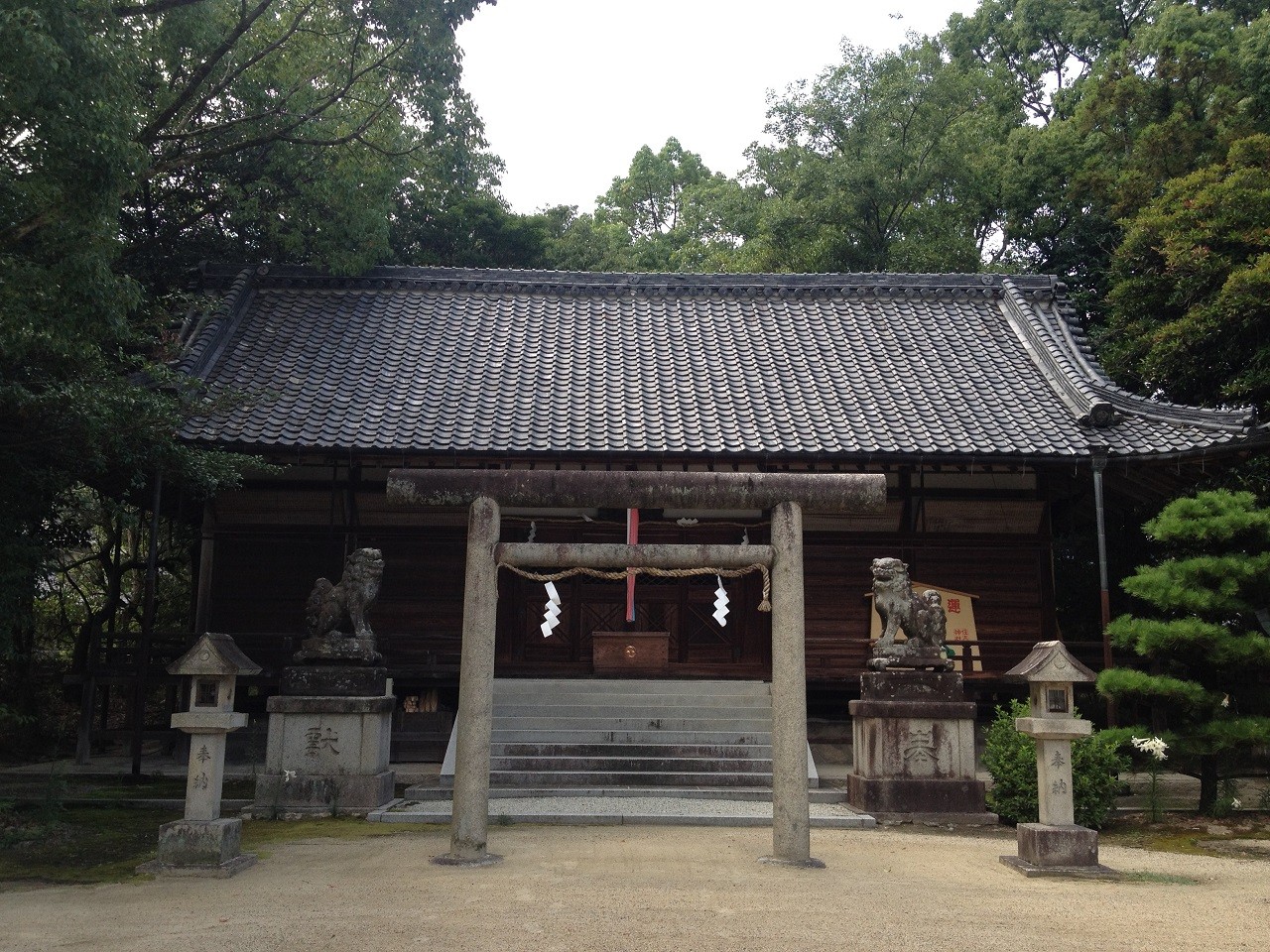
Culuture
Sumiyoshi Jinja Shrine
Culuture
Sumiyoshi Jinja Shrine
Sumiyoshi Taisha in Osaka is the head shrine, and the three gods Omote, Naka, and Soko Tsutsunomikoto (the gods of the sea) are enshrined here.
-
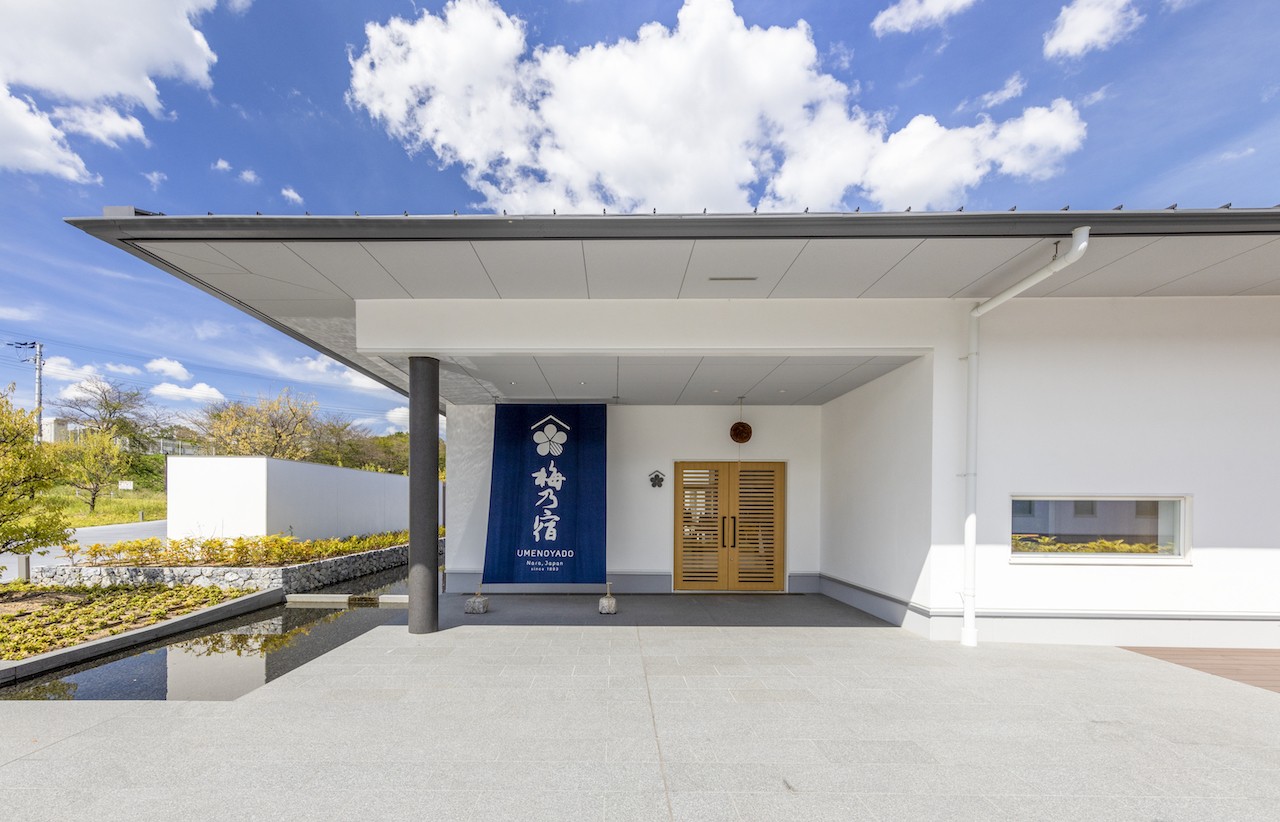
Shopping Culuture Dining
Umenoyado Sake Brewery Shop
Shopping Culuture Dining
Umenoyado Sake Brewery Shop
In addition to Umenoyado’s renowned sake and liqueurs, we offer exclusive drinks and ice cream that can only be enjoyed at our shop.
-
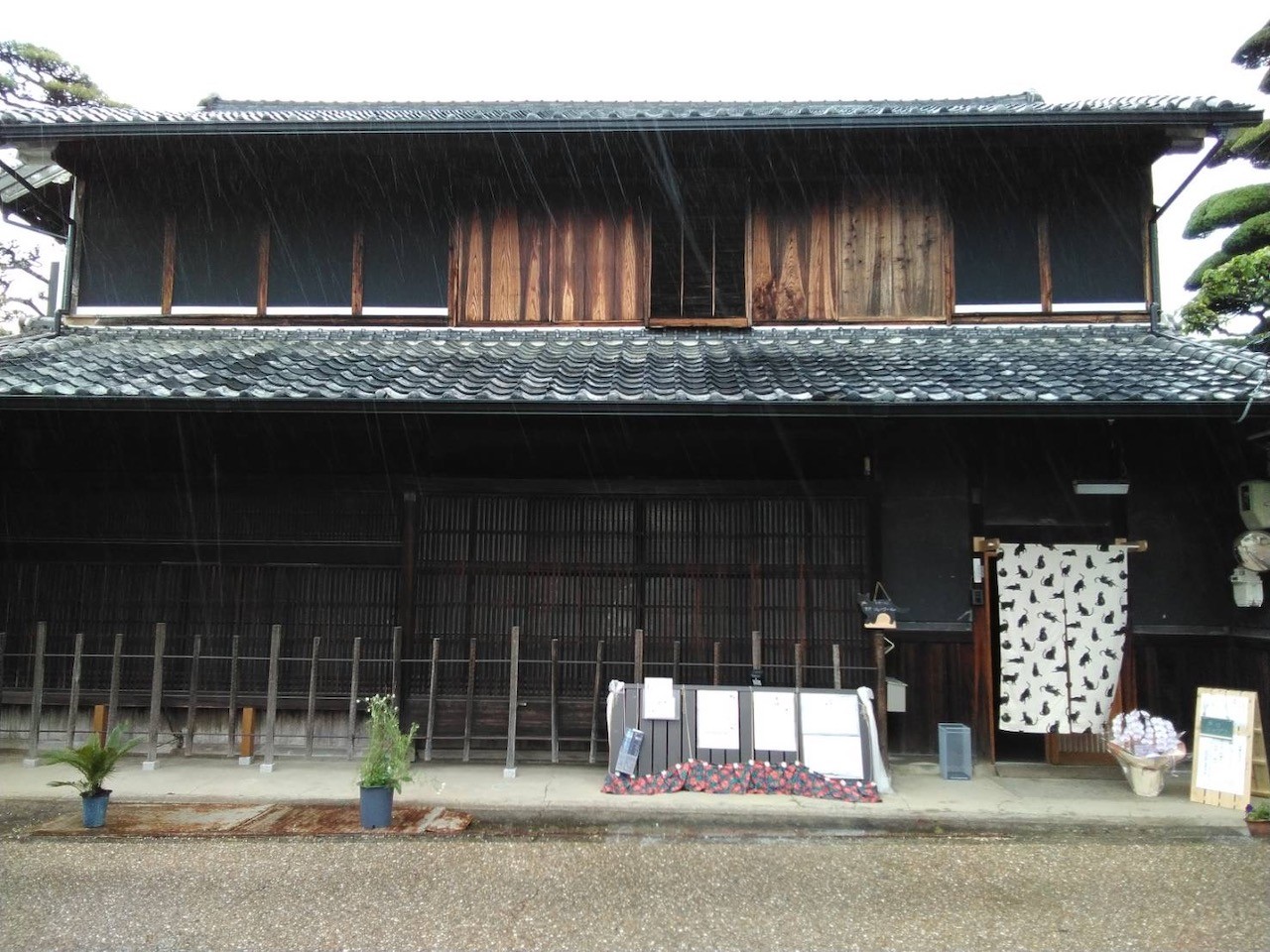
Shopping Culuture
Shoshi (Bookstore) Chat-noir
Shopping Culuture
Shoshi (Bookstore) Chat-noir
We sell a variety of antique books and more. We also host seminars and literature classes.
-

Dining
Kamameshi Tamaya
Dining
Kamameshi Tamaya
Taking advantage of the old inn building that was built more than 170 years ago, we provide a space for kamameshi and healing. Kamameshi made with plenty of local ingredients is served in a way called "sendomeshi". The first bowl is eaten as it is, the second bowl is eaten like tamago kake gohan with a hot spring egg, and the third bowl is eaten like dashi chazuke with special dashi and green onions.
-
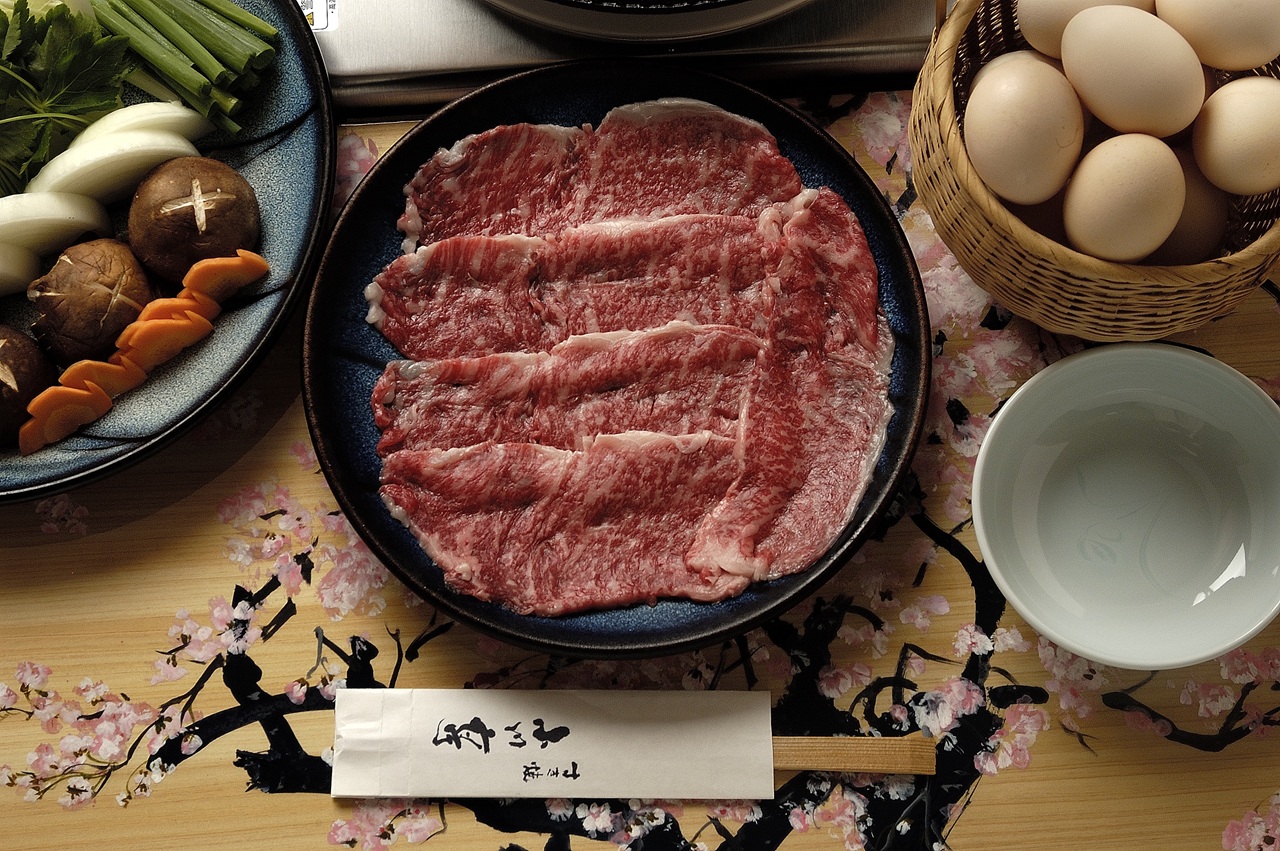
Dining
Ogawatei
Dining
Ogawatei
Spend a luxurious moment in a sukiya-zukuri-style building surrounded by an authentic Japanese-style garden. The beef used is prime Japanese Black Wagyu beef from beef cattle raised in Yamagata Prefecture. Thus, you can enjoy premium quality beef for sukiyaki or shabu-shabu dishes. Please definitely relish top-quality Yamagata beef in a Japanese-style house that has a traditional atmosphere and holds its own against any ryotei restaurant.
-
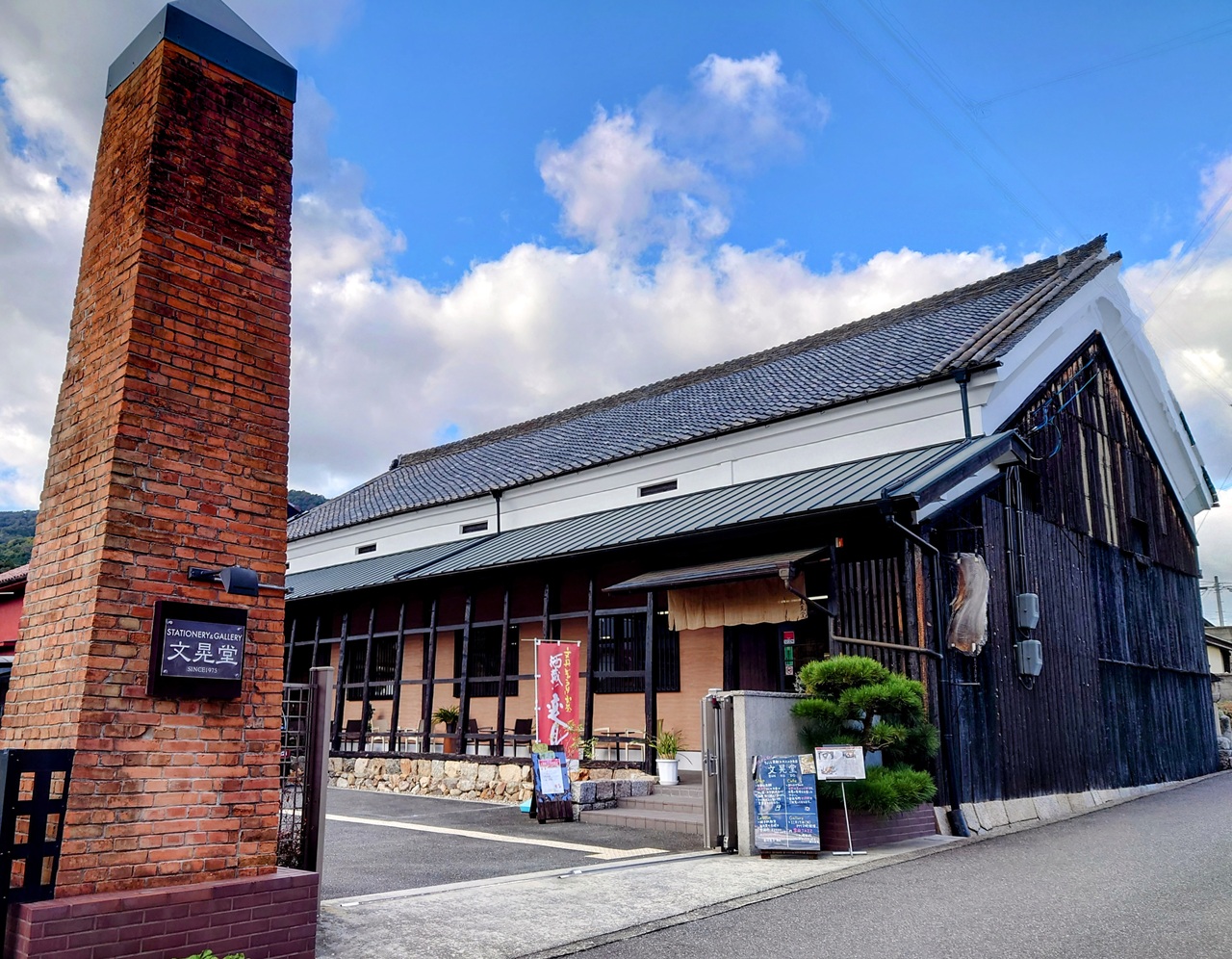
Dining
Stationery & Gallery cafe, Bunkodo
Dining
Stationery & Gallery cafe, Bunkodo
The interior of the cafe is renovated from a brewery built in 1868. The interior is decorated with a modern interior, and you can enjoy the cafe menu in the tasteful garden. In addition to selling stationery and Japanese goods, there are exhibitions of paintings and pottery, and events such as picture letter classes are held in the gallery space.
-
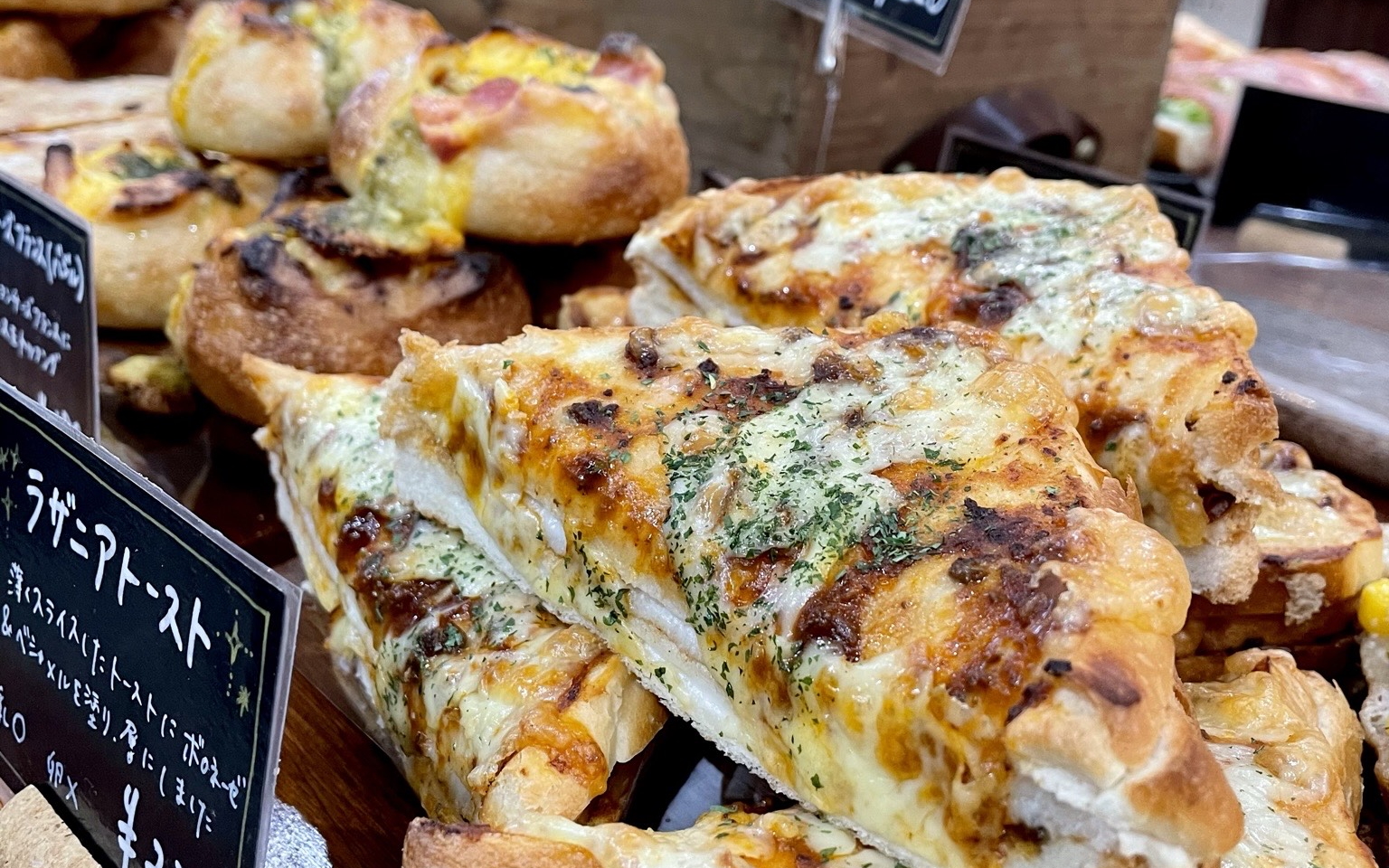
Dining
Boulangerie KURA
Dining
Boulangerie KURA
In the cute and stylish store, there are various types of breads from sweets to side dishes depending on the situation and season of the day. From simple bread to hard bread, all of them are delicious, and you can feel the attention paid to the ingredients. The homemade cream bread with just the right amount of sweetness is superb.
-

Dining
Ekobaco
Dining
Ekobaco
In a 60-year-old house next to the Yashikiyama Park, we serve the only vegan and gluten-free one plate lunch in the city, made carefully without meats, fish, eggs, dairy products, flour and white sugar, using safe and secure local vegetables grown without pesticides or chemical fertilizers. You can enjoy your meal in the nostalgic and calm atmosphere of the Showa, which will give Yasashi Jikan to your body and soul. We also sell miscellaneous goods for living where you want to value food, clothing and housing.
-
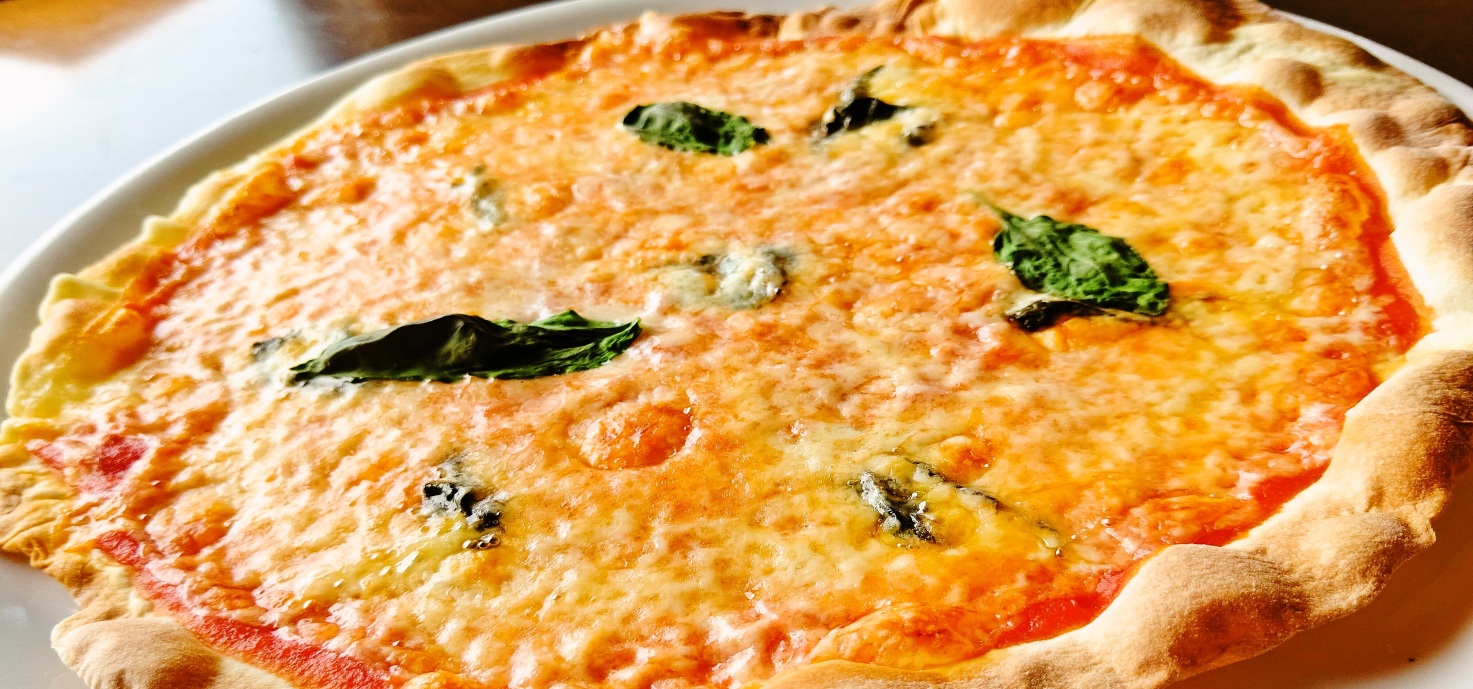
Dining
Cafe Restaurant Mokui
Dining
Cafe Restaurant Mokui
An idyllic Italian restaurant located at the foot of Mt. Nijo where there are father and son goats. They serve focaccia breakfast set menu made with pizza dough, thin Roman pizza baked in an authentic stone oven, chewy al dente pasta, stone oven grilled dishes, risotto, etc. In addition, the dessert gelato and baked sweets are all original products handmade in Mokui. They also sell gelato face-to-face and offer takeout of frozen tarts and baked sweets.
-
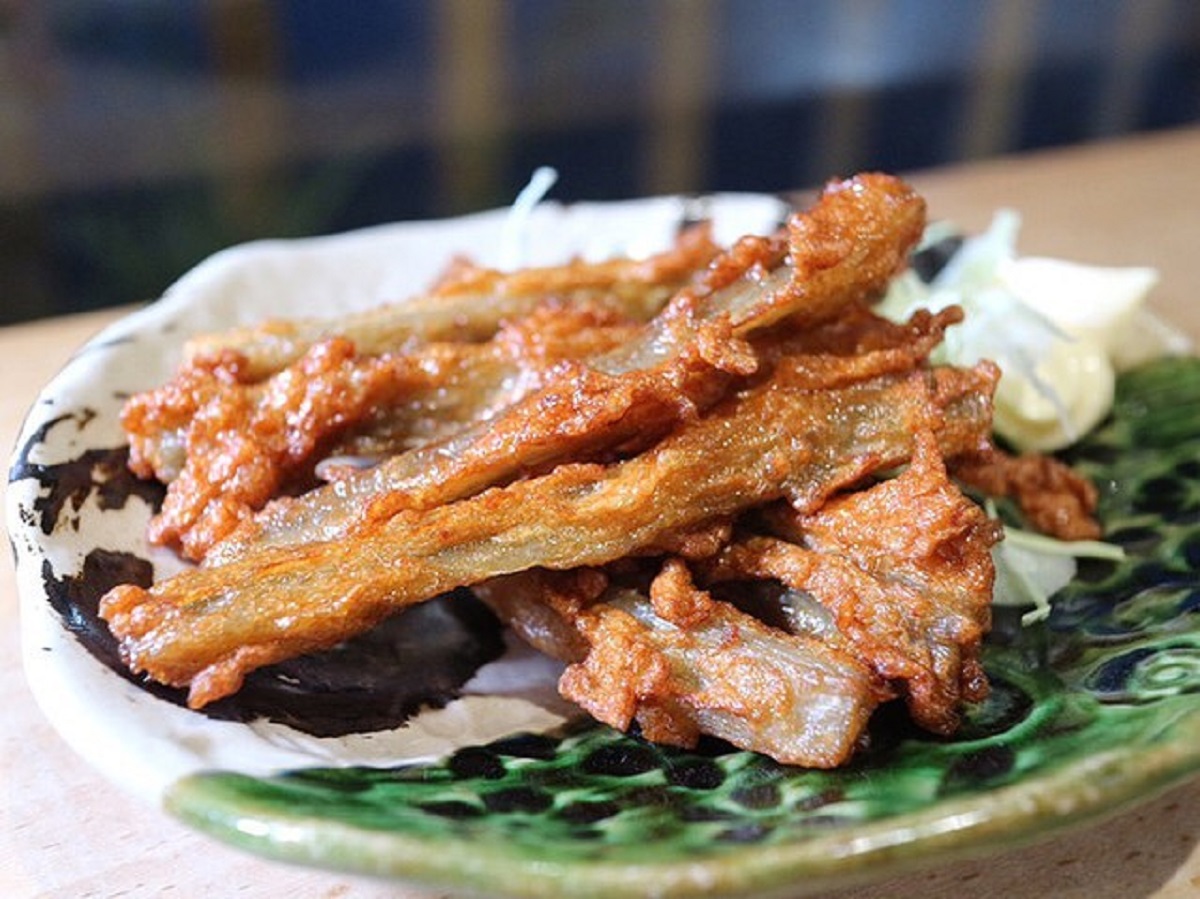
Dining
Hashimoto Shoten, “Aji no Kakehashi”
Dining
Hashimoto Shoten, “Aji no Kakehashi”
Founded in 1948 in a small fishing village in Shimonoseki, this long-established tempura shop brings its authentic "flavors" and "traditions" to Katsuragi city. Our signature Kawara Soba and freshly fried Neriten are truly exceptional.
-
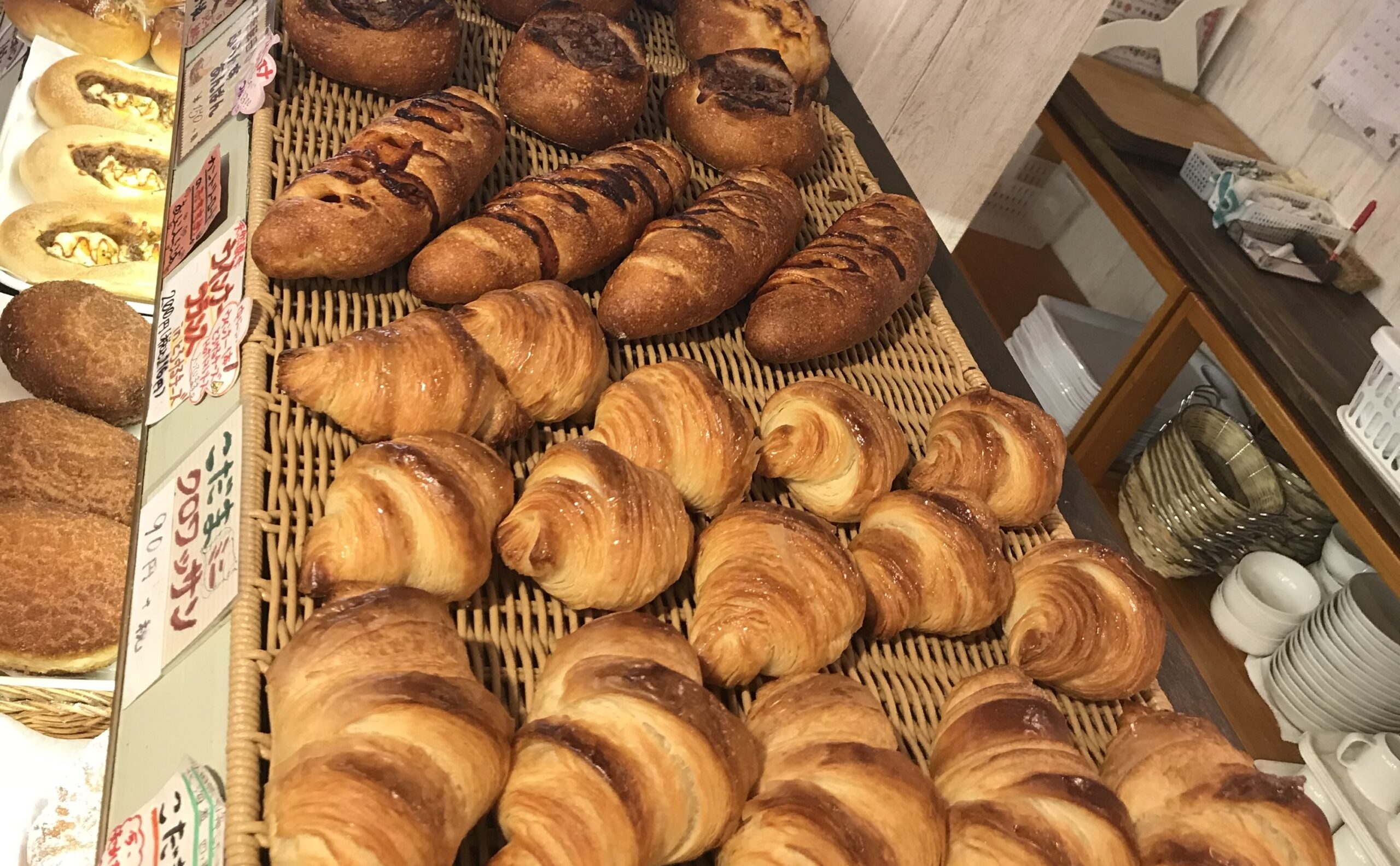
Dining
Country Road
Dining
Country Road
A bakery cafe with a dog park. The bakery cafe is complete with, of course, freshly baked bread, wild yeast bread, and sandwiches, but also with onigiri rice, a lunch menu, and a dessert menu. Very popular is the country combo, through which you can enjoy a salad bar, soup bar, and self-service drink area.
-
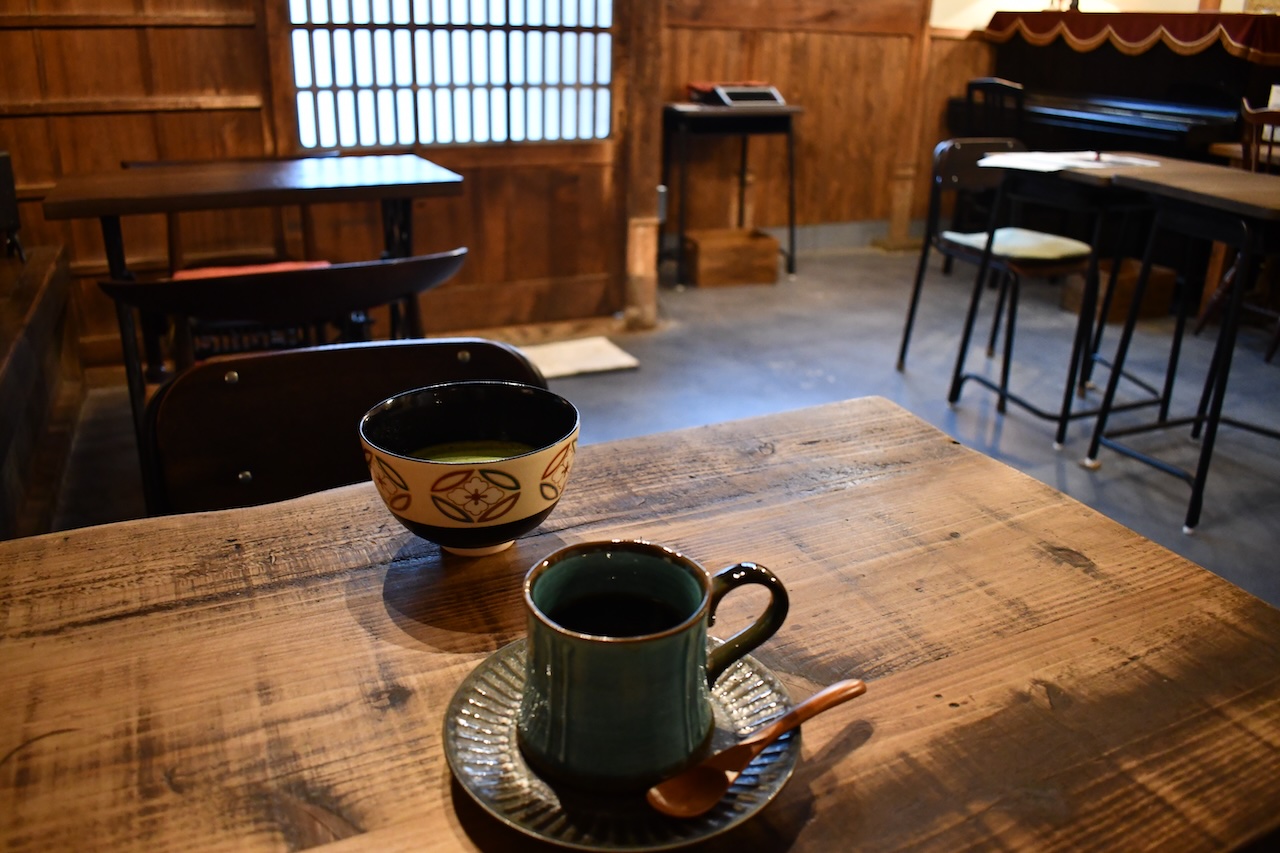
Dining
Western music Café Rick
Dining
Western music Café Rick
It is a Japanese modern cafe where you can feel the warmth of the wood. It is a renovated old house that is over 70 years old. Why don't you have your favorite Western music records and CDs played in the cafe with the smell of coffee and spend an exceptional time. The cozy space created by the owner's desire to "connect people" regularly hosts various fun events such as concerts, yose, kimonos, and English clubs.